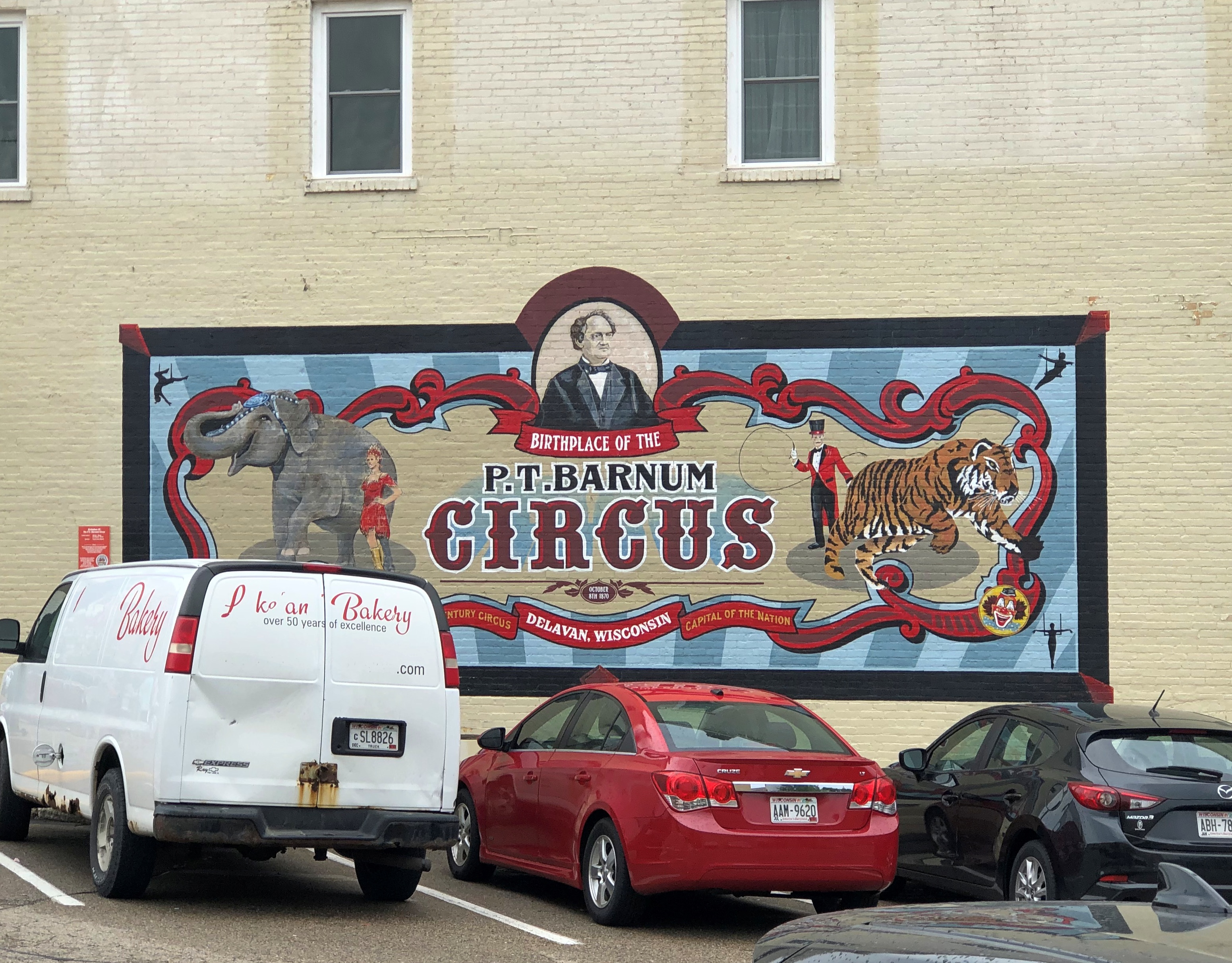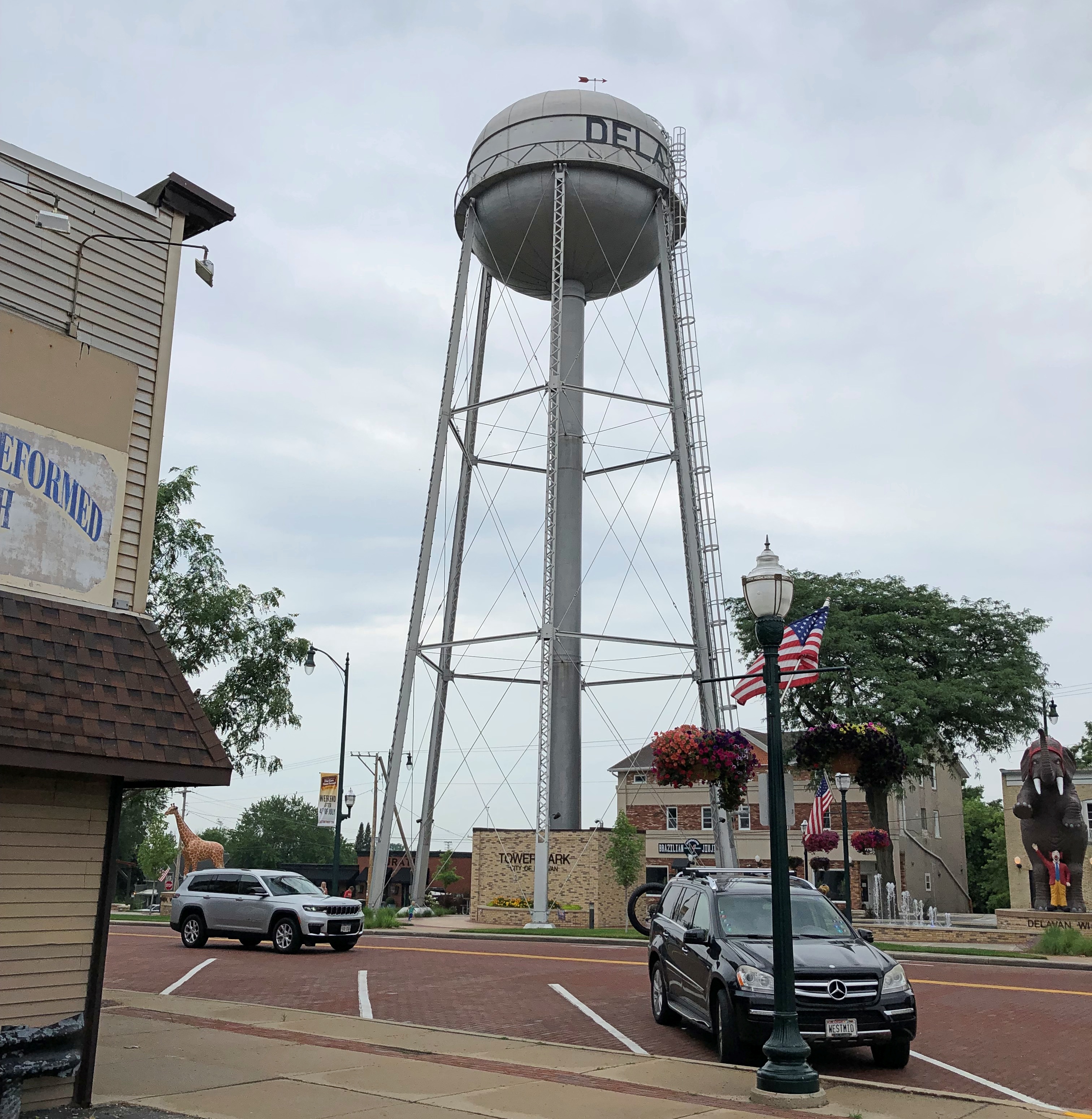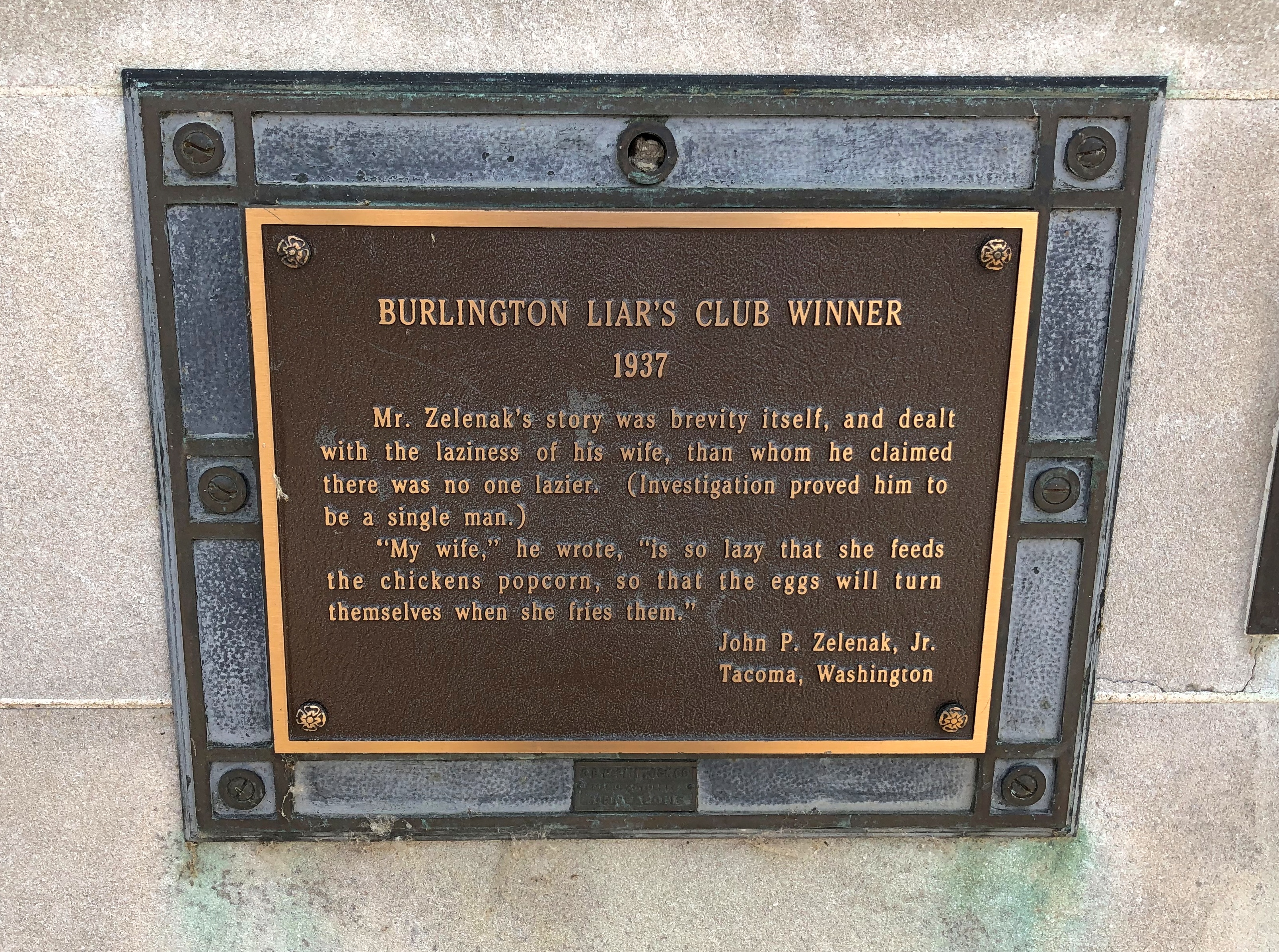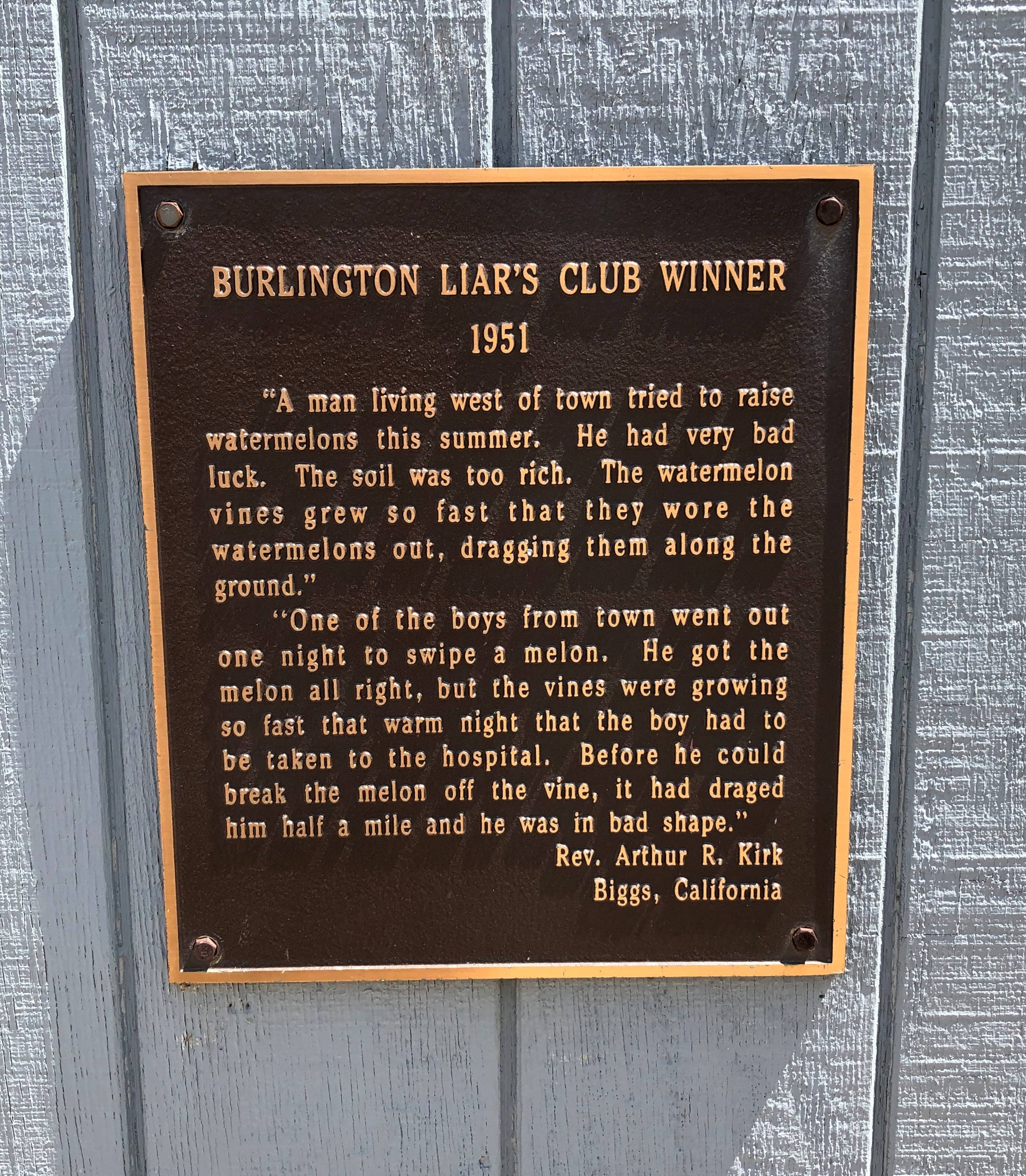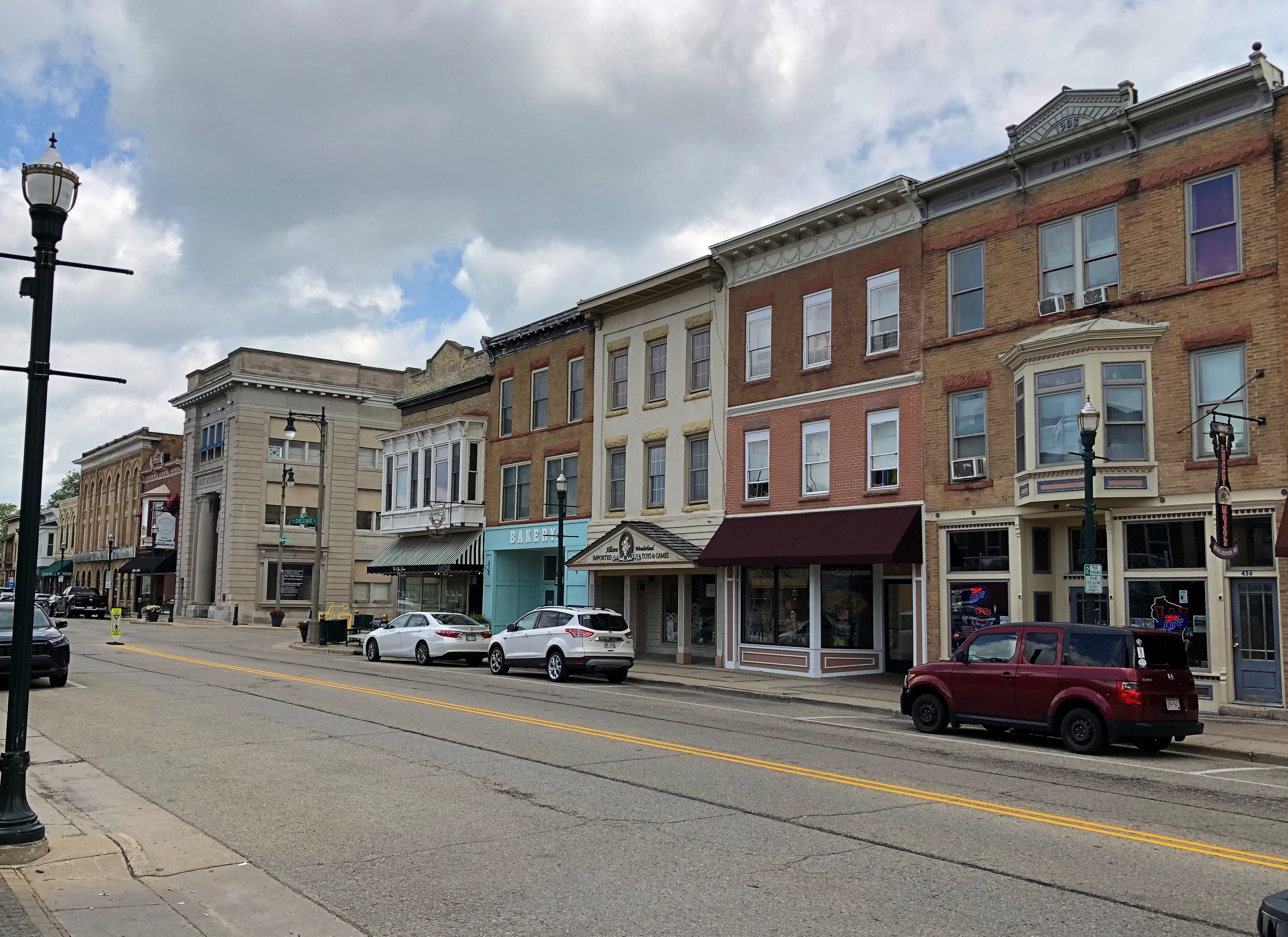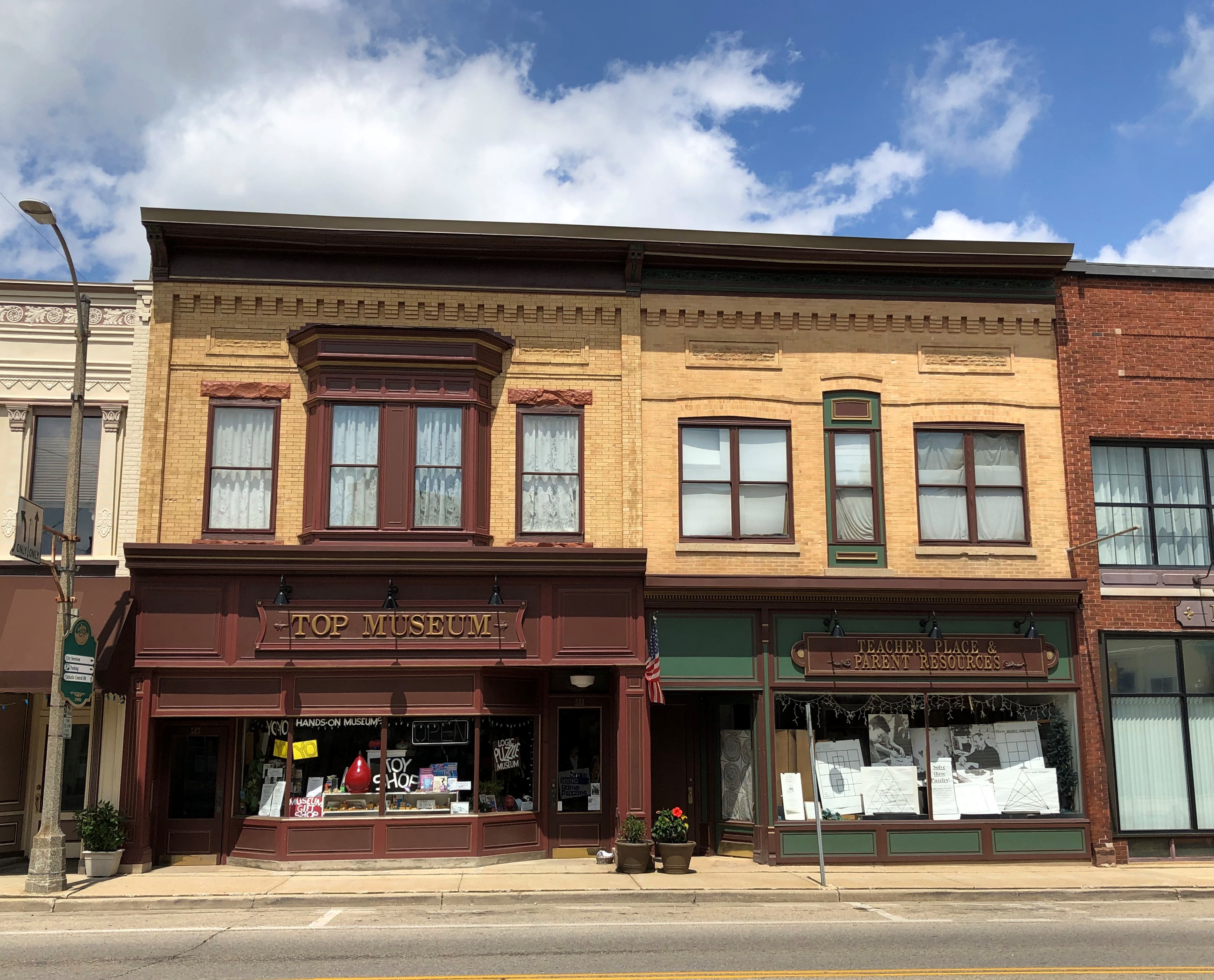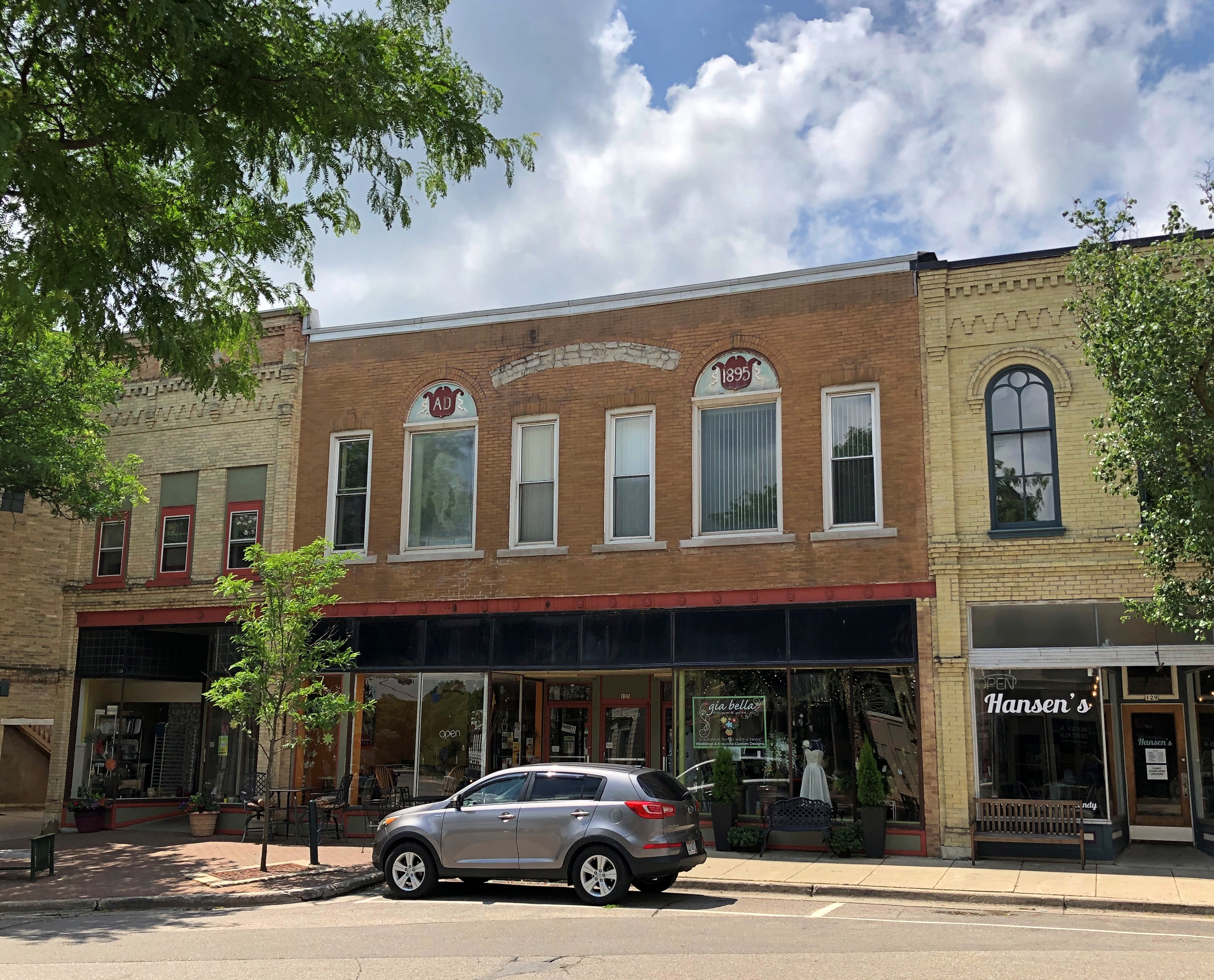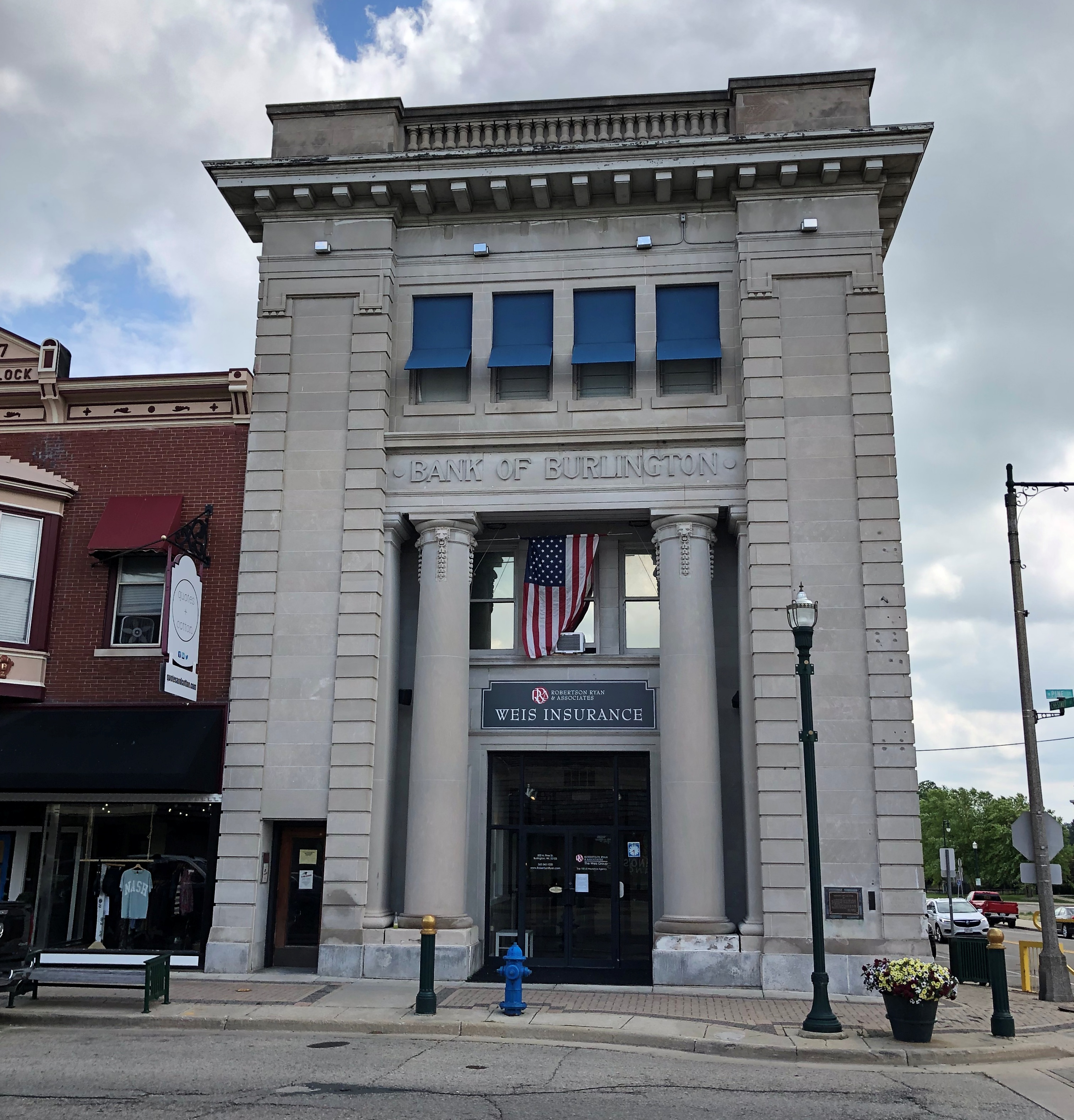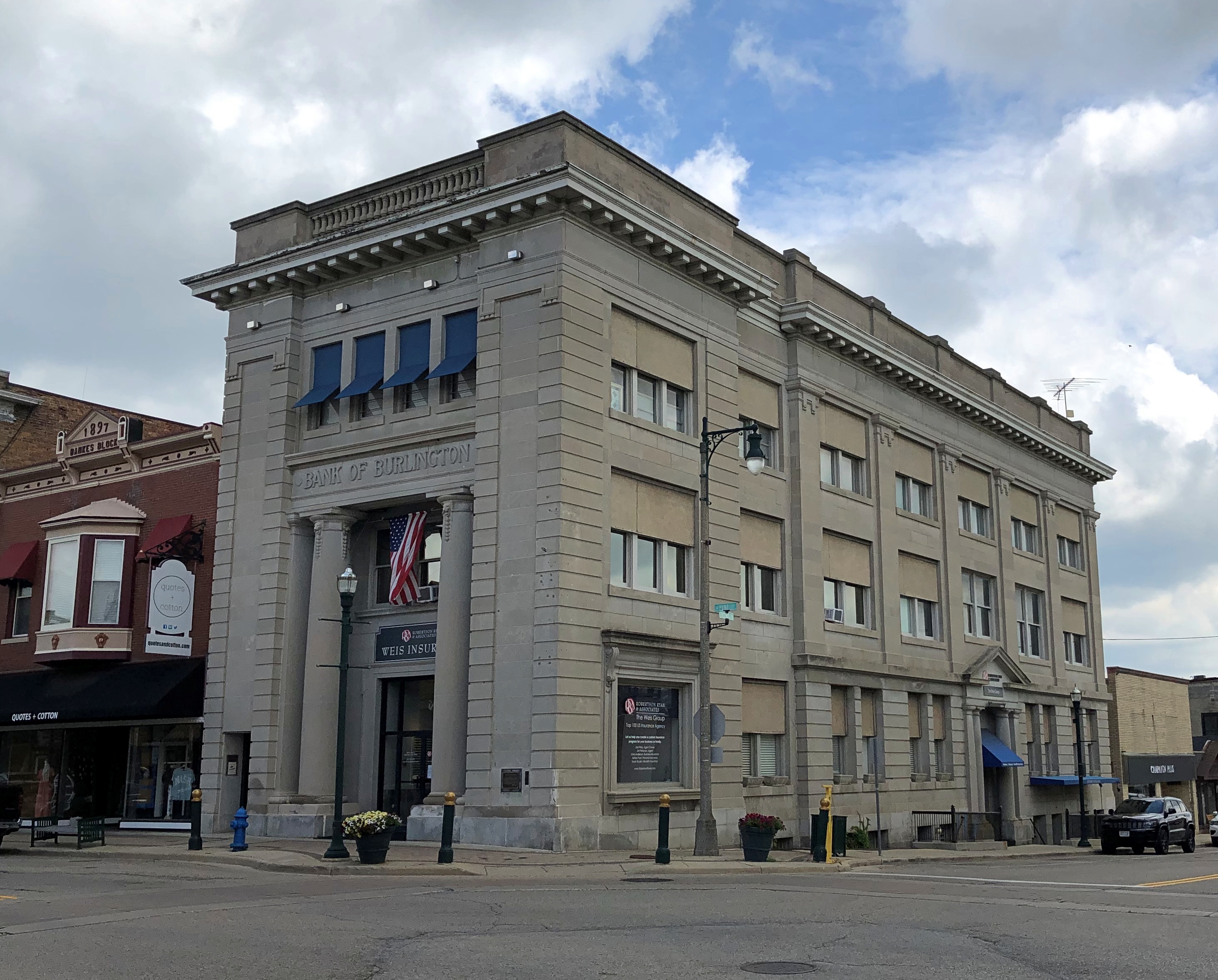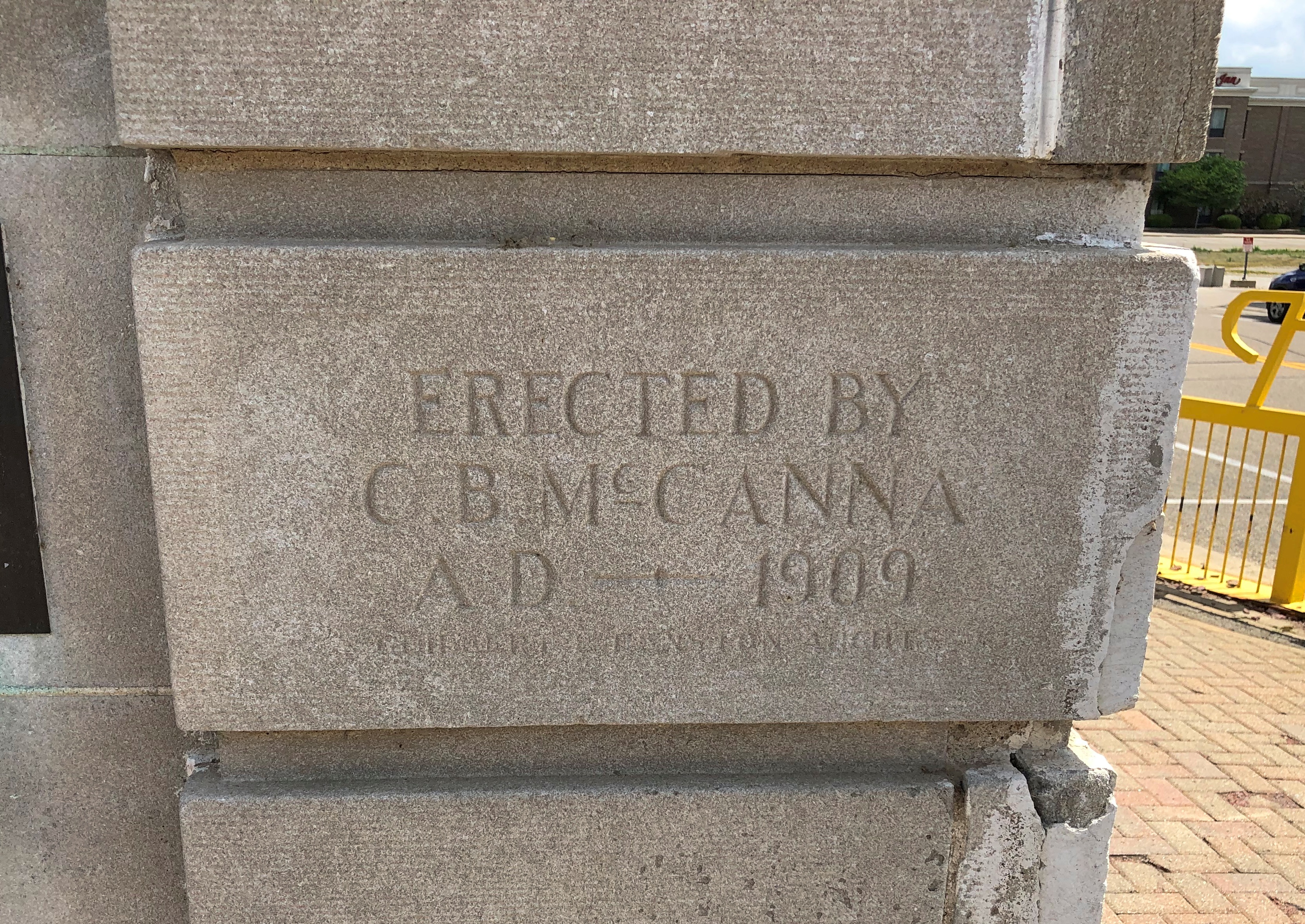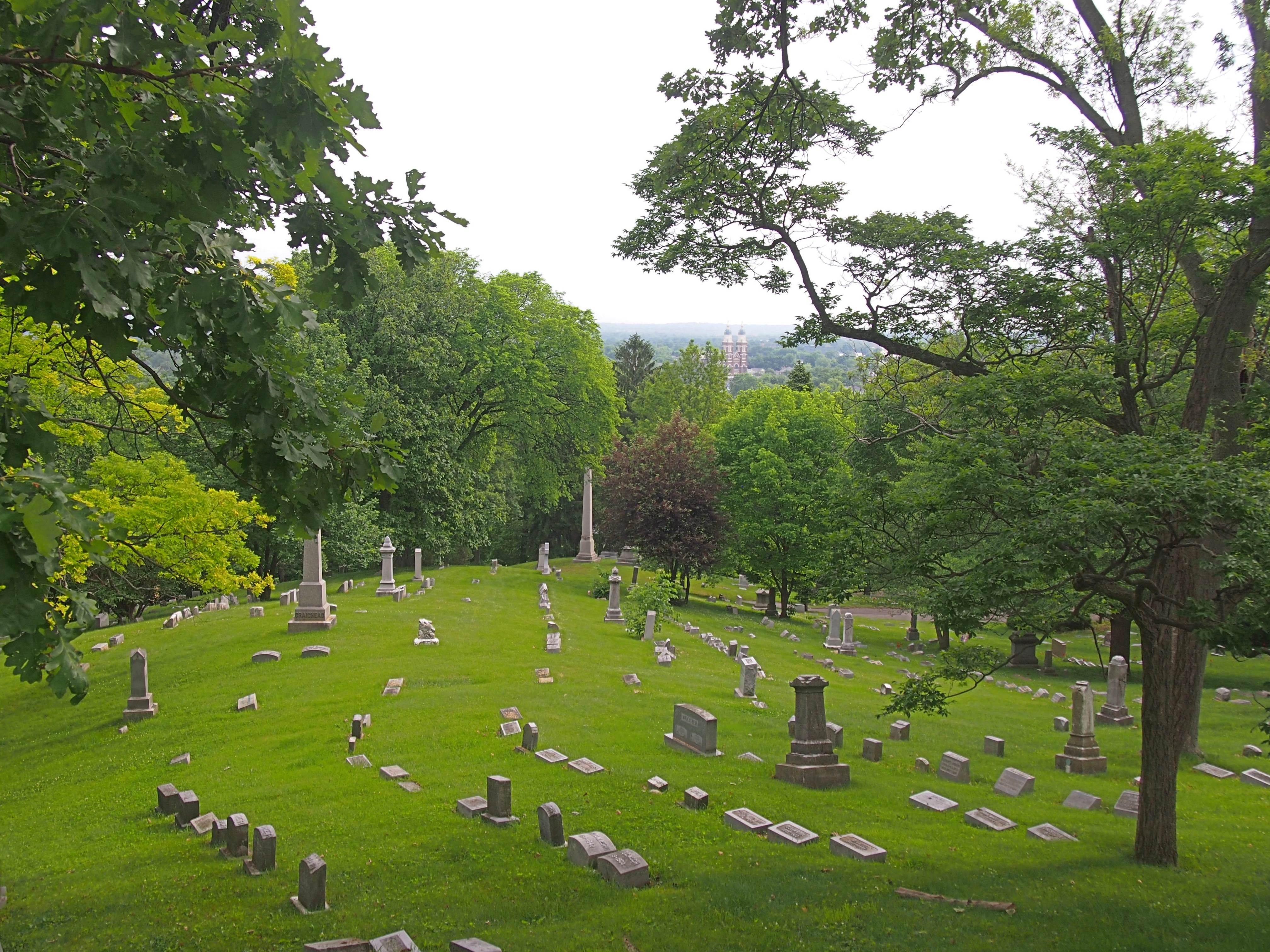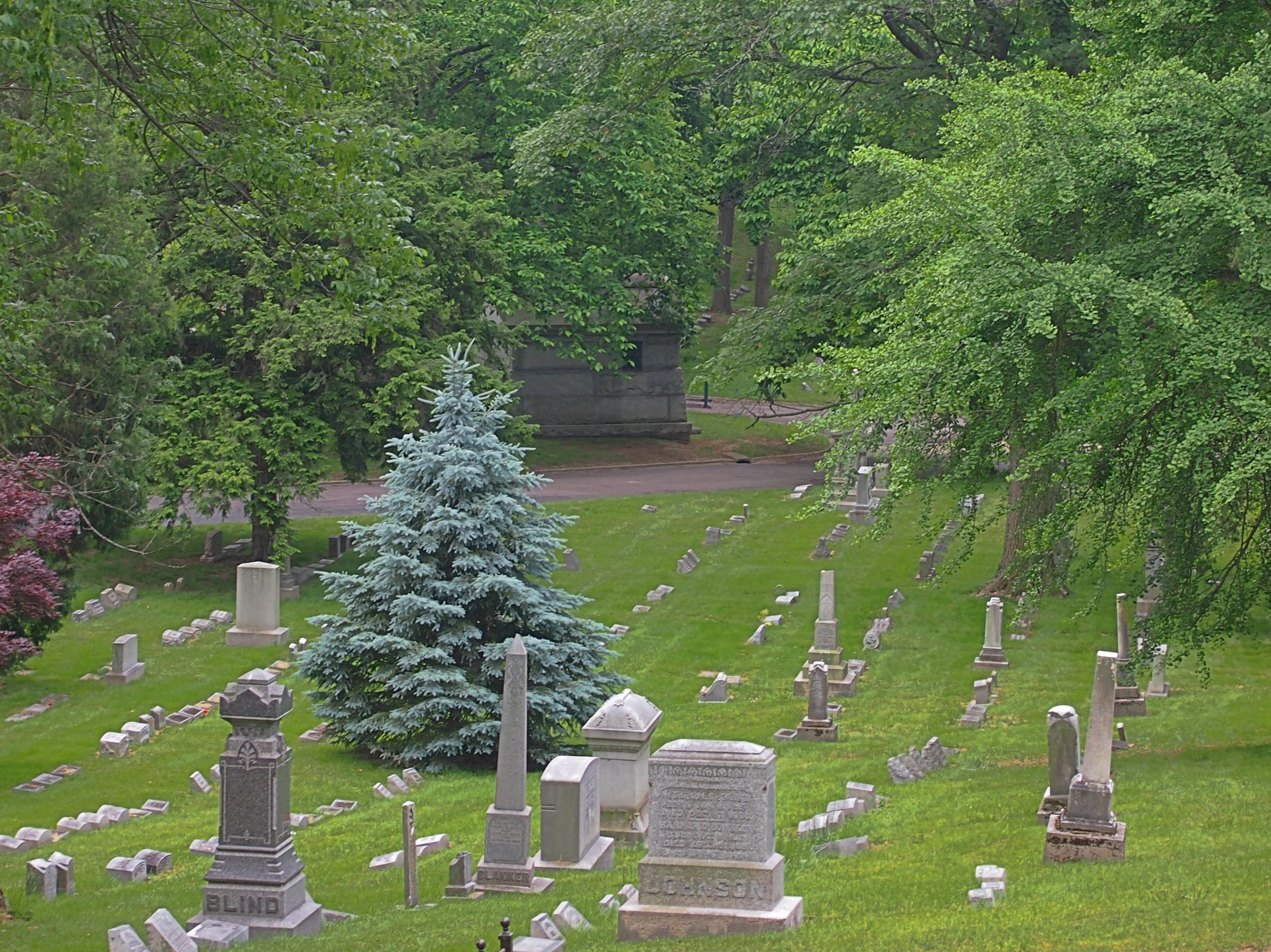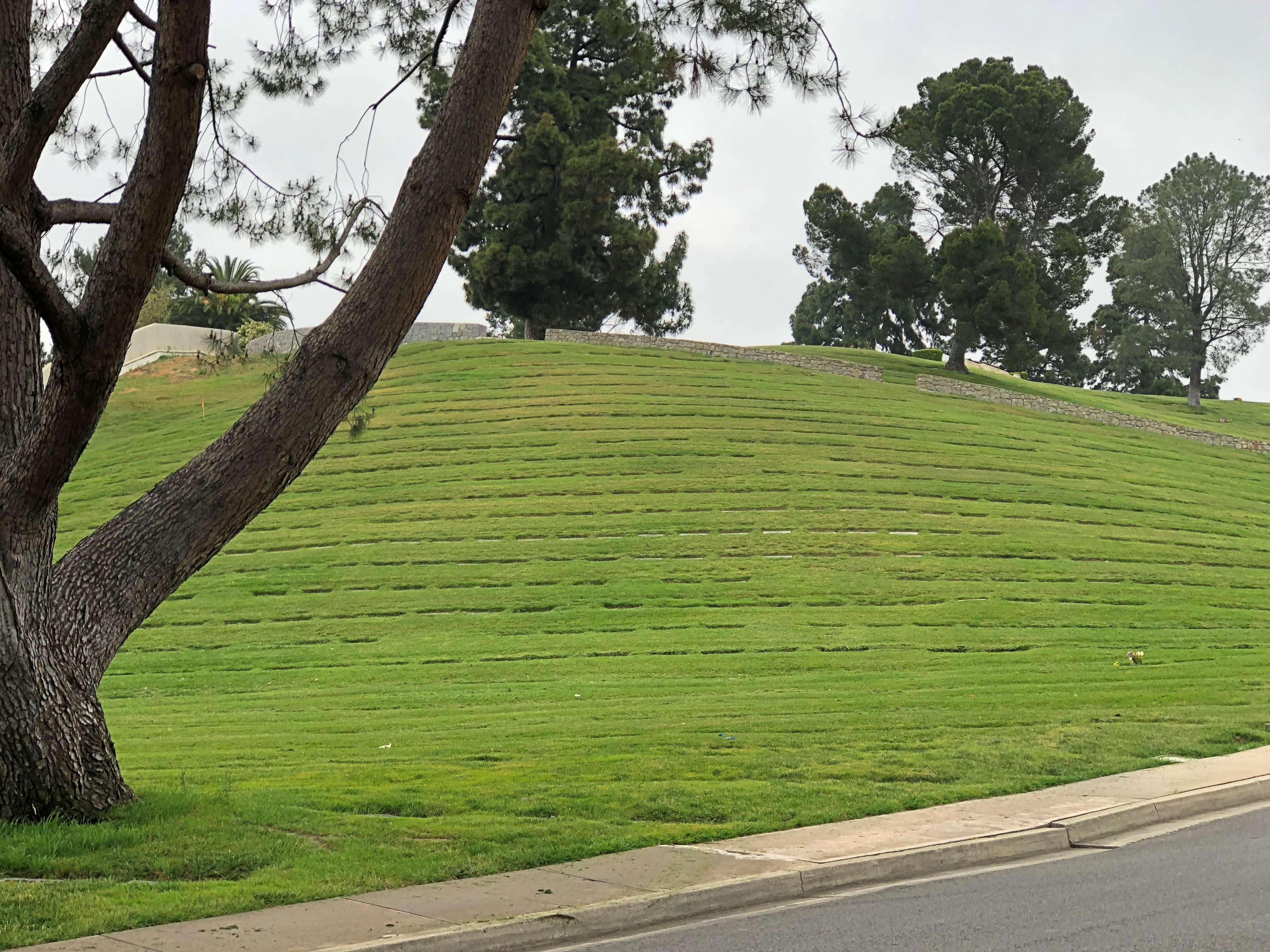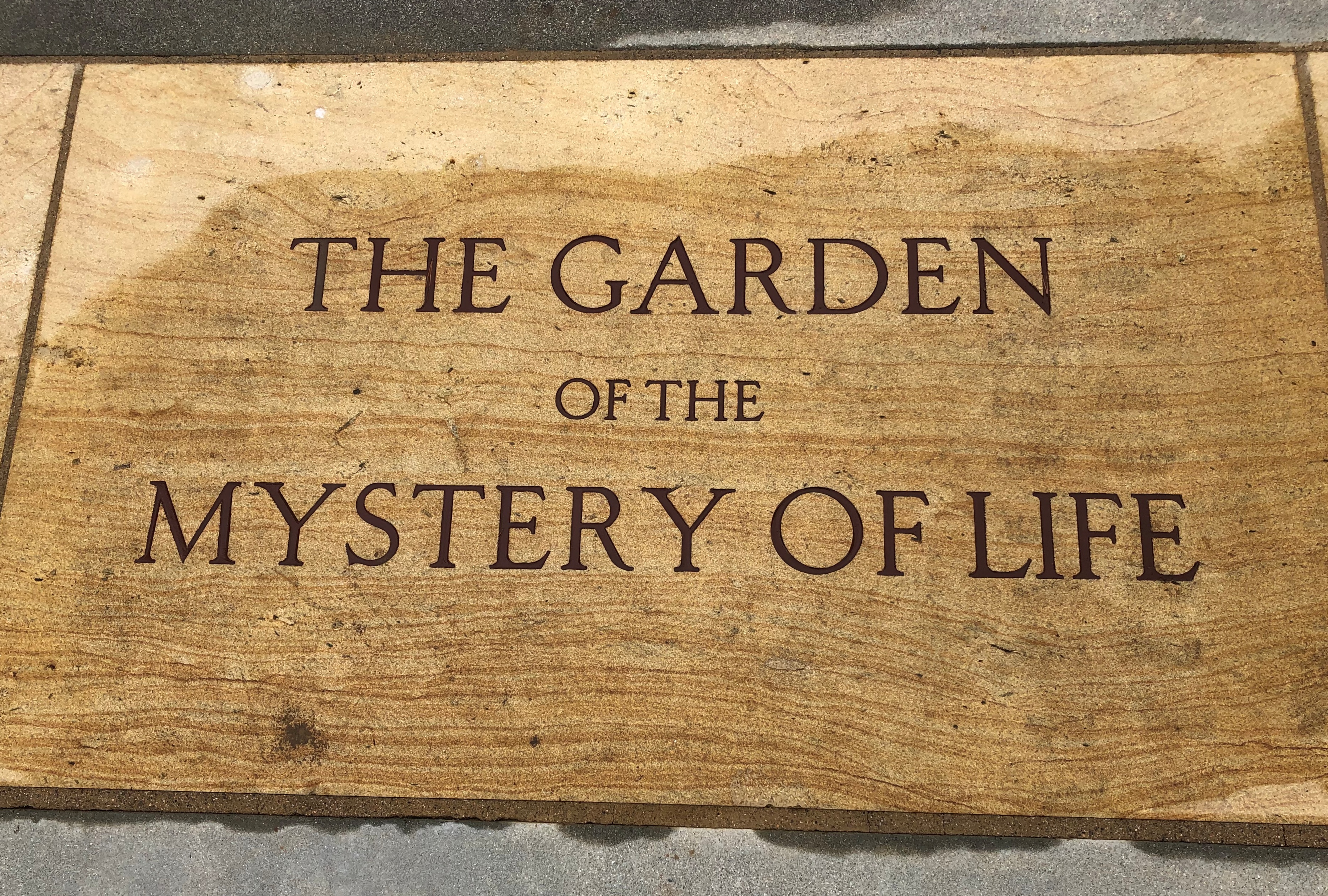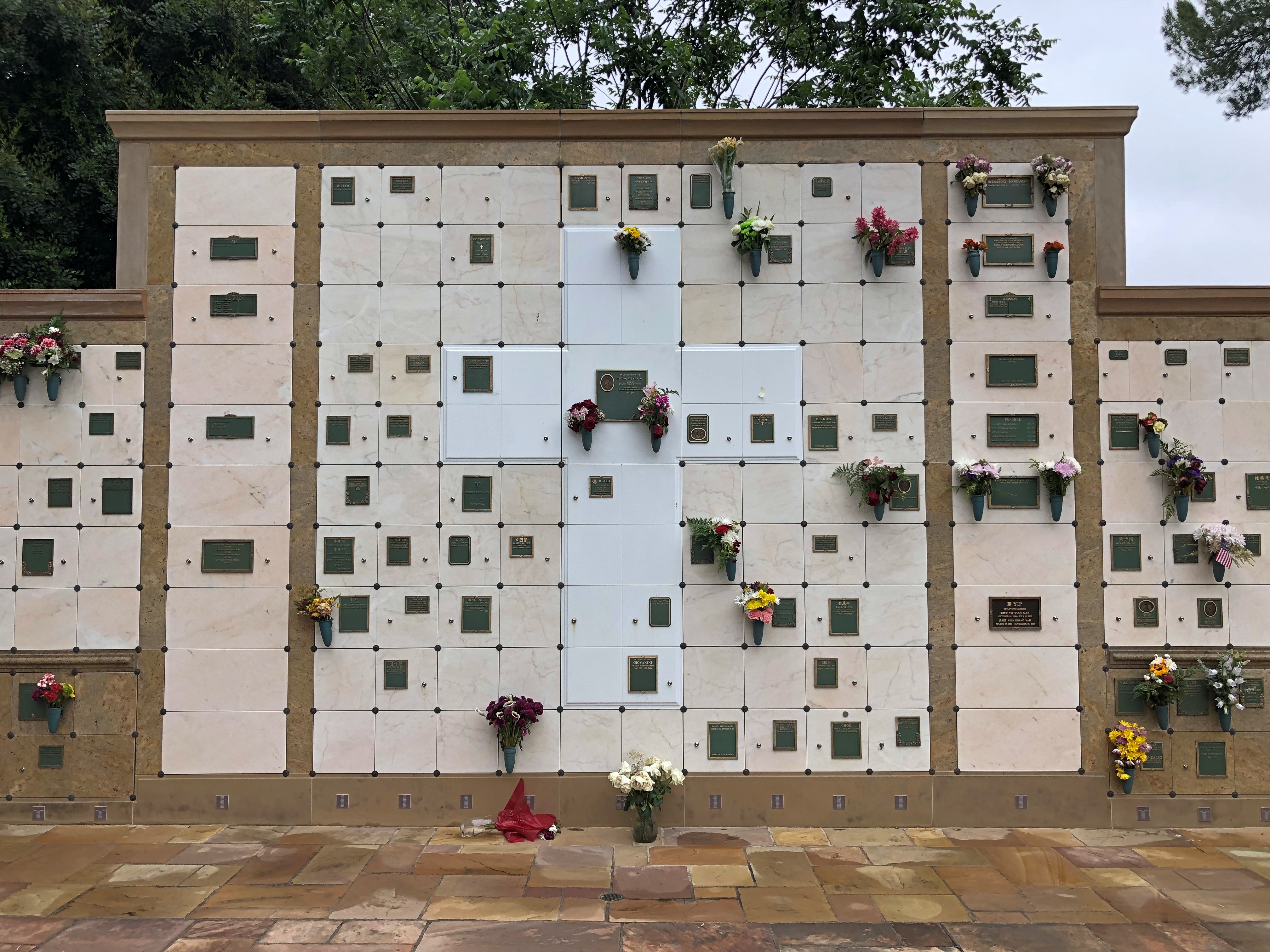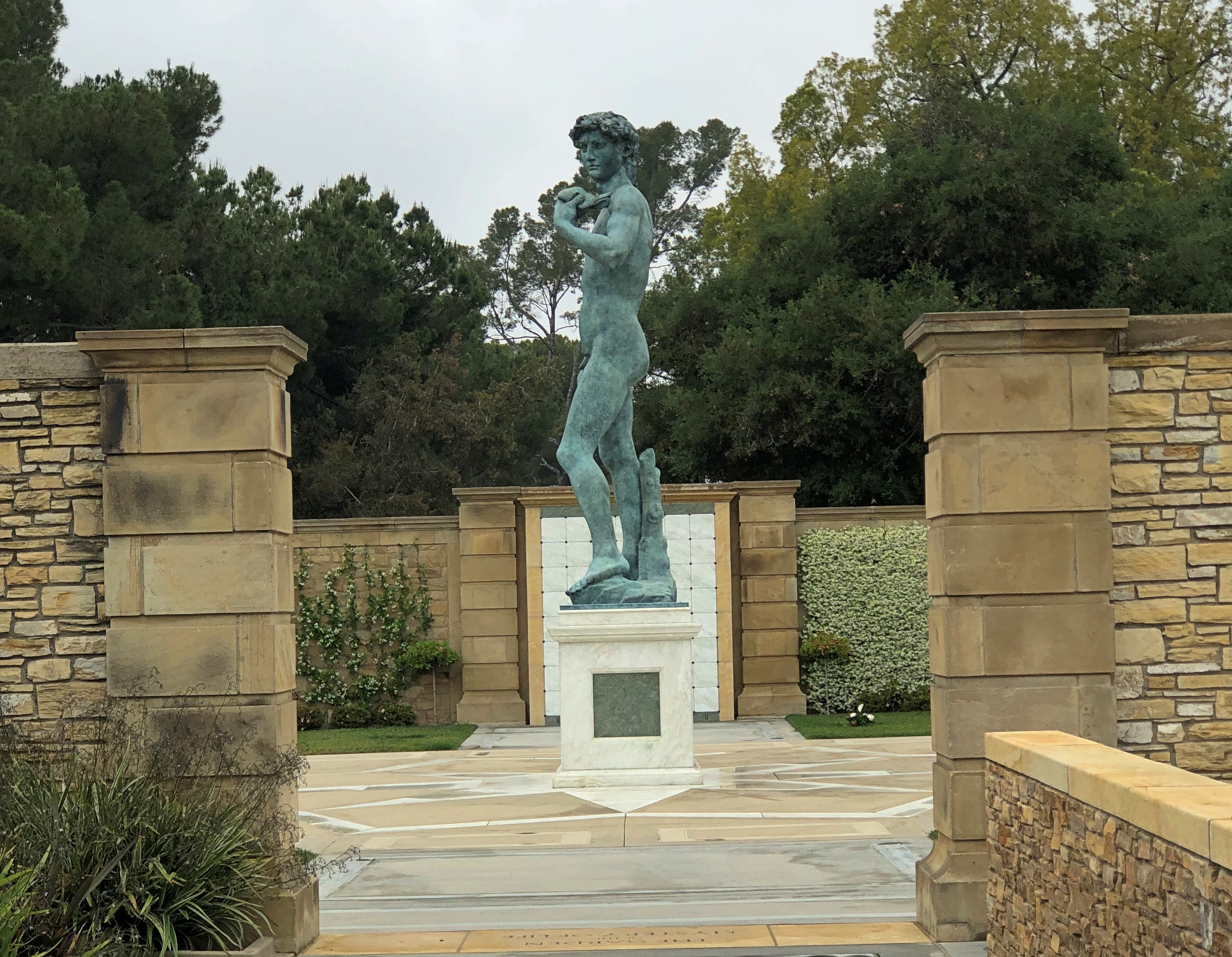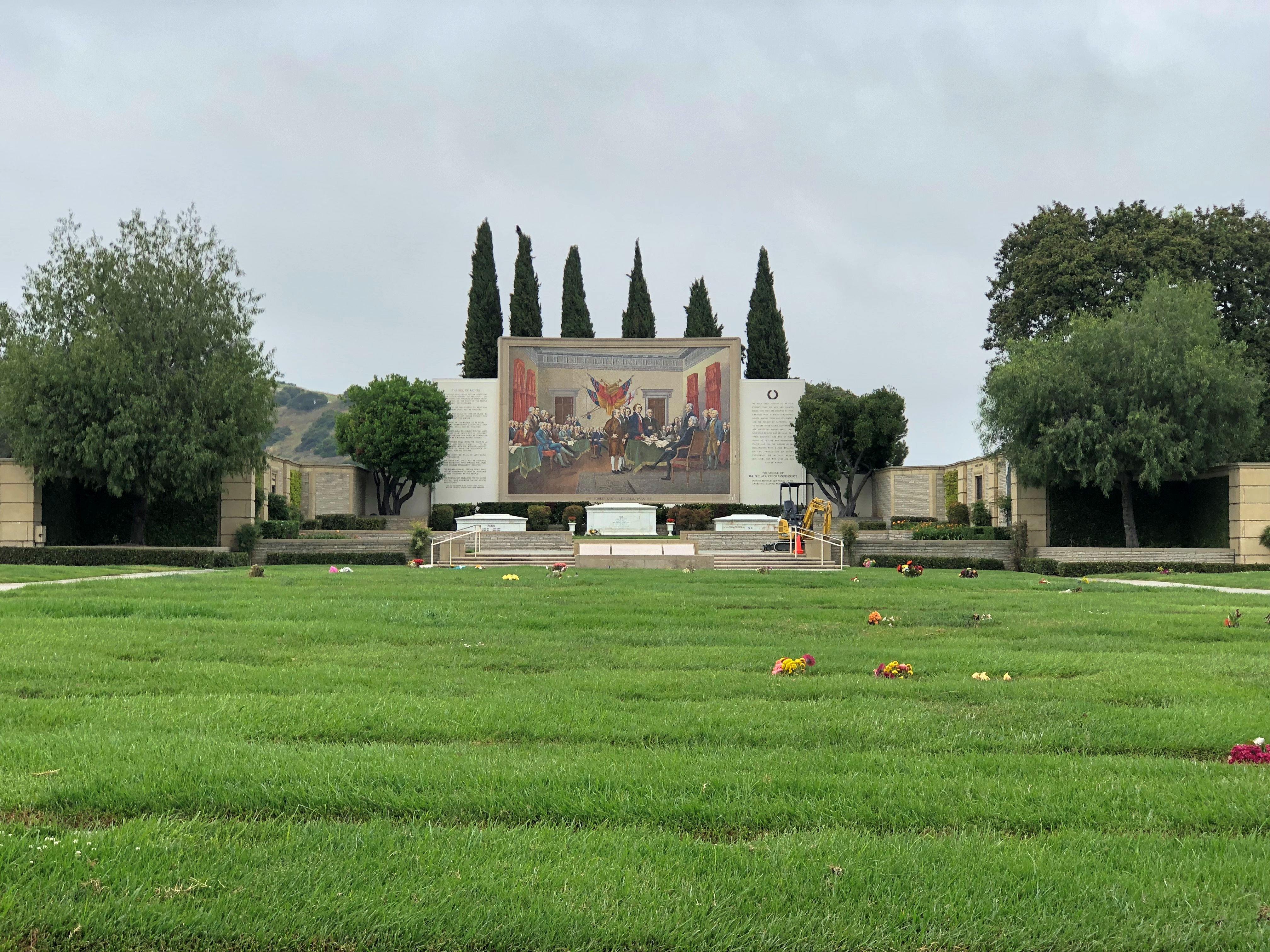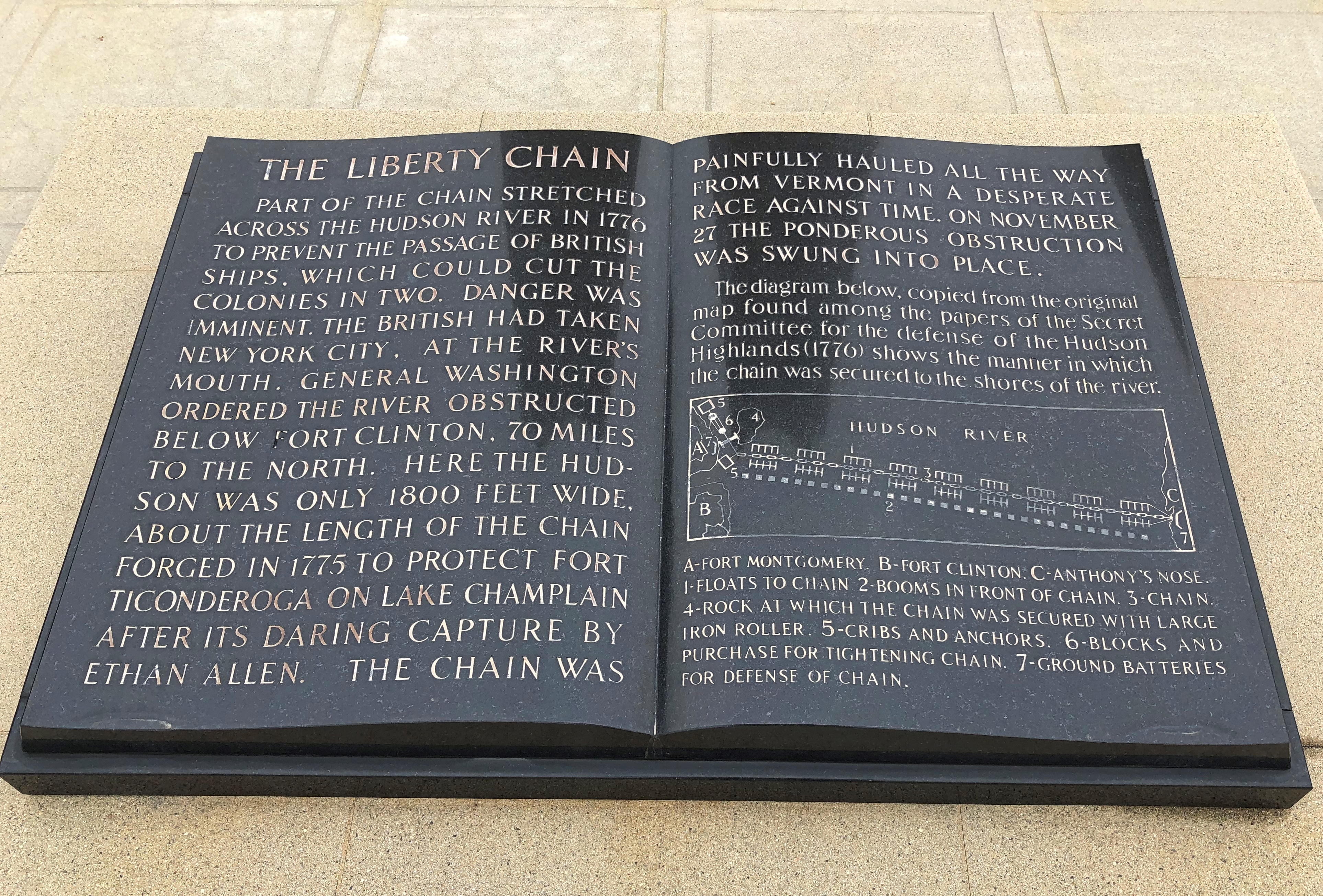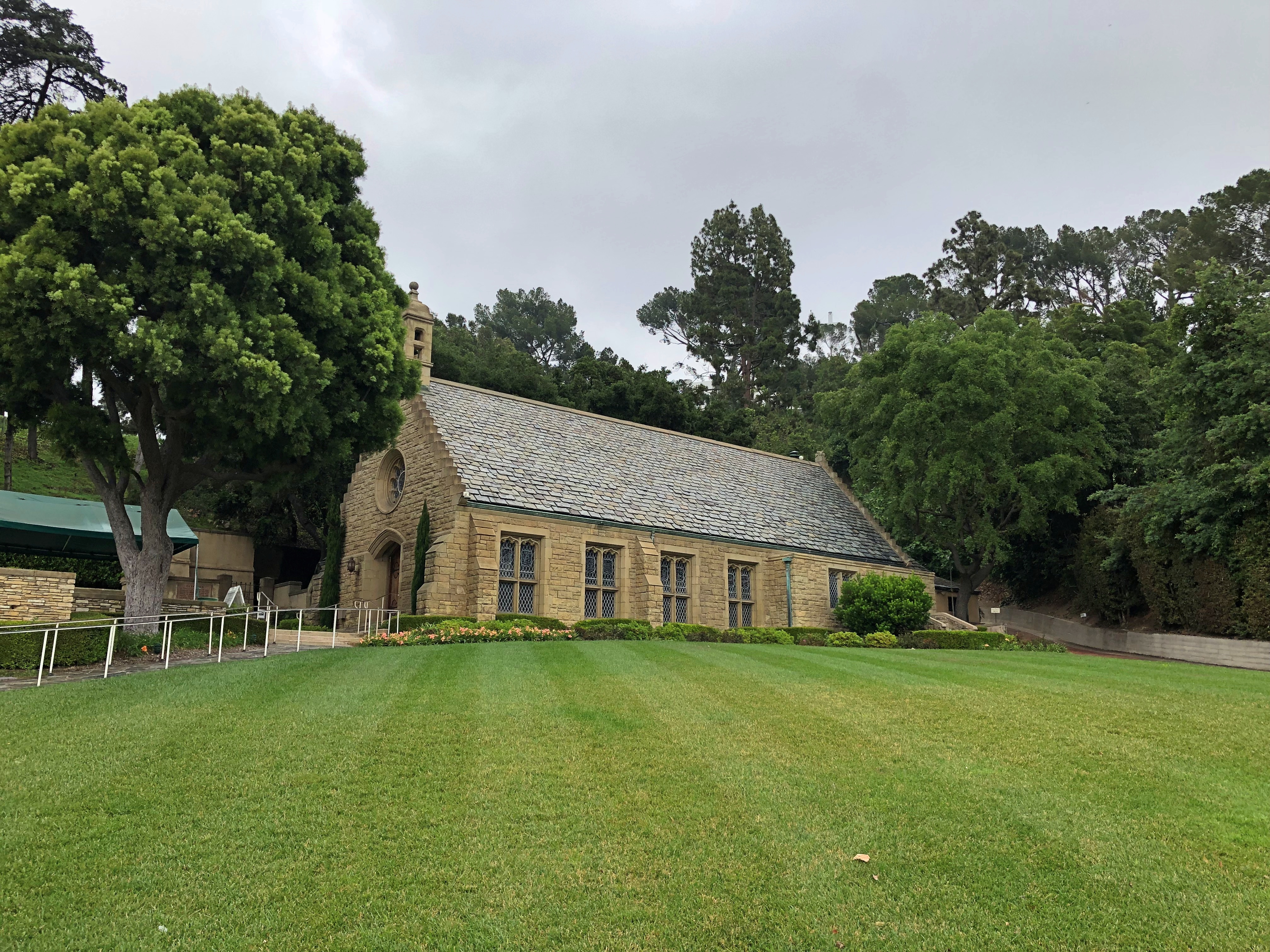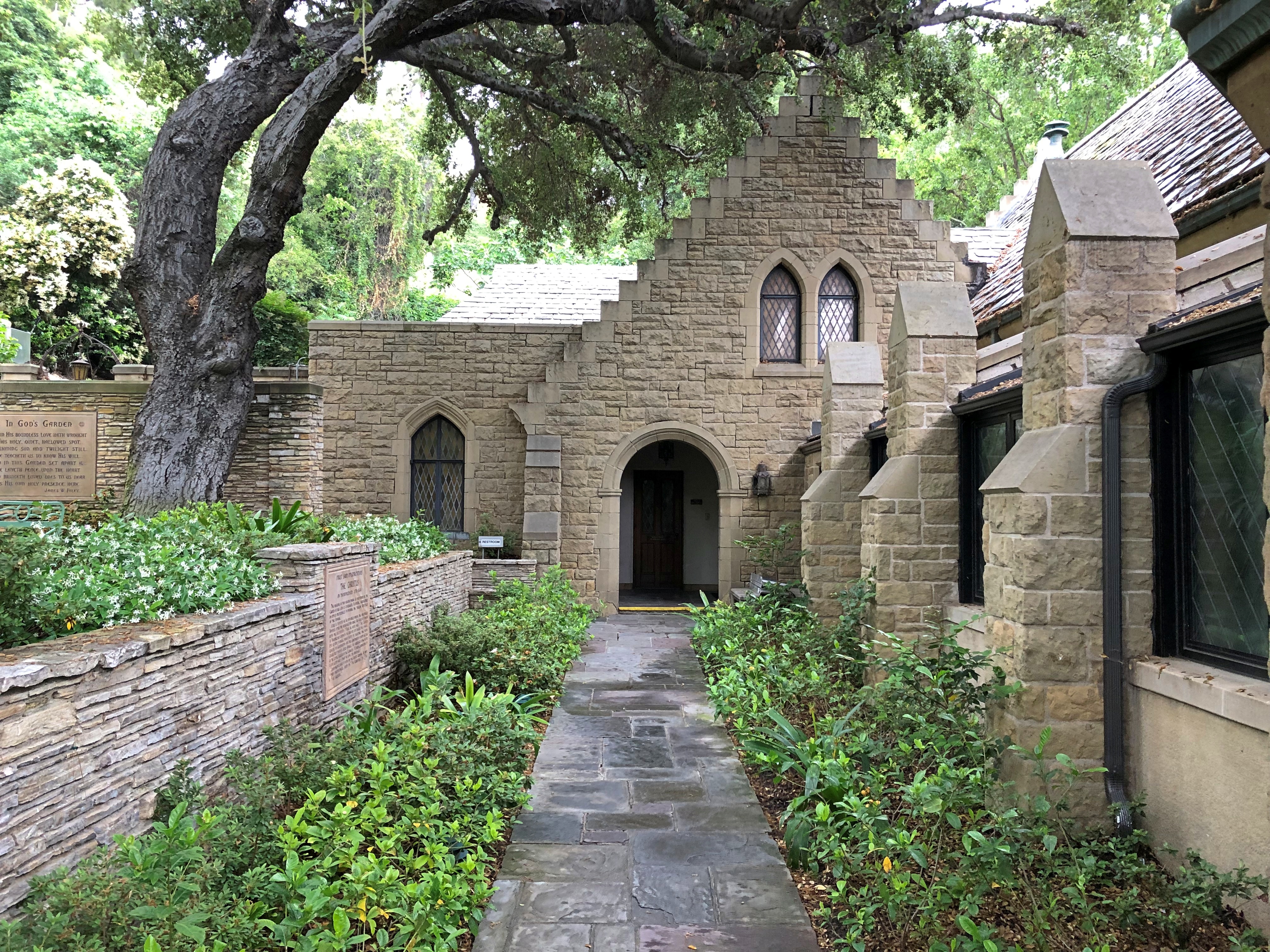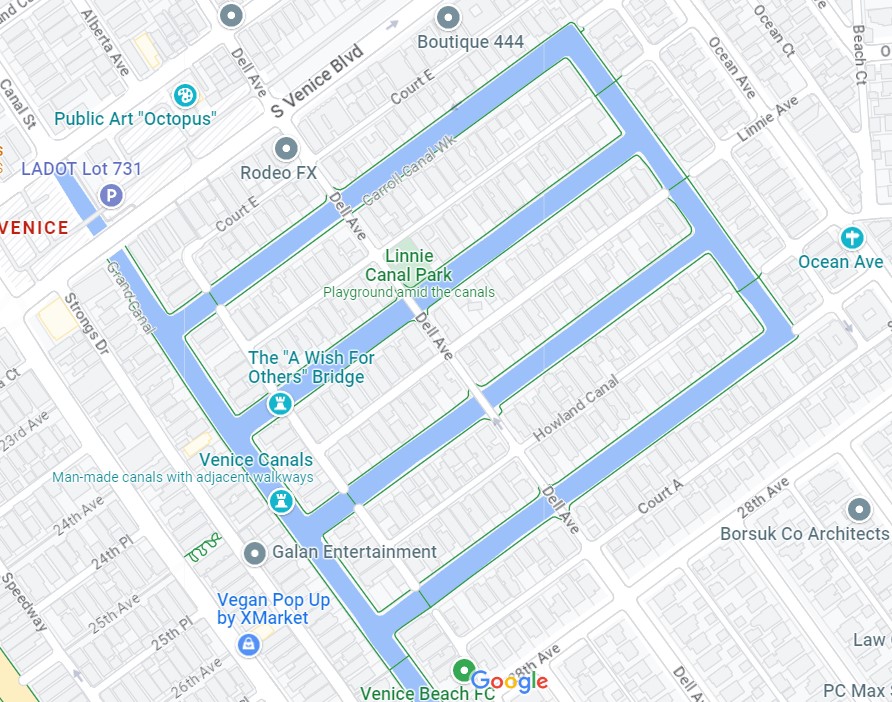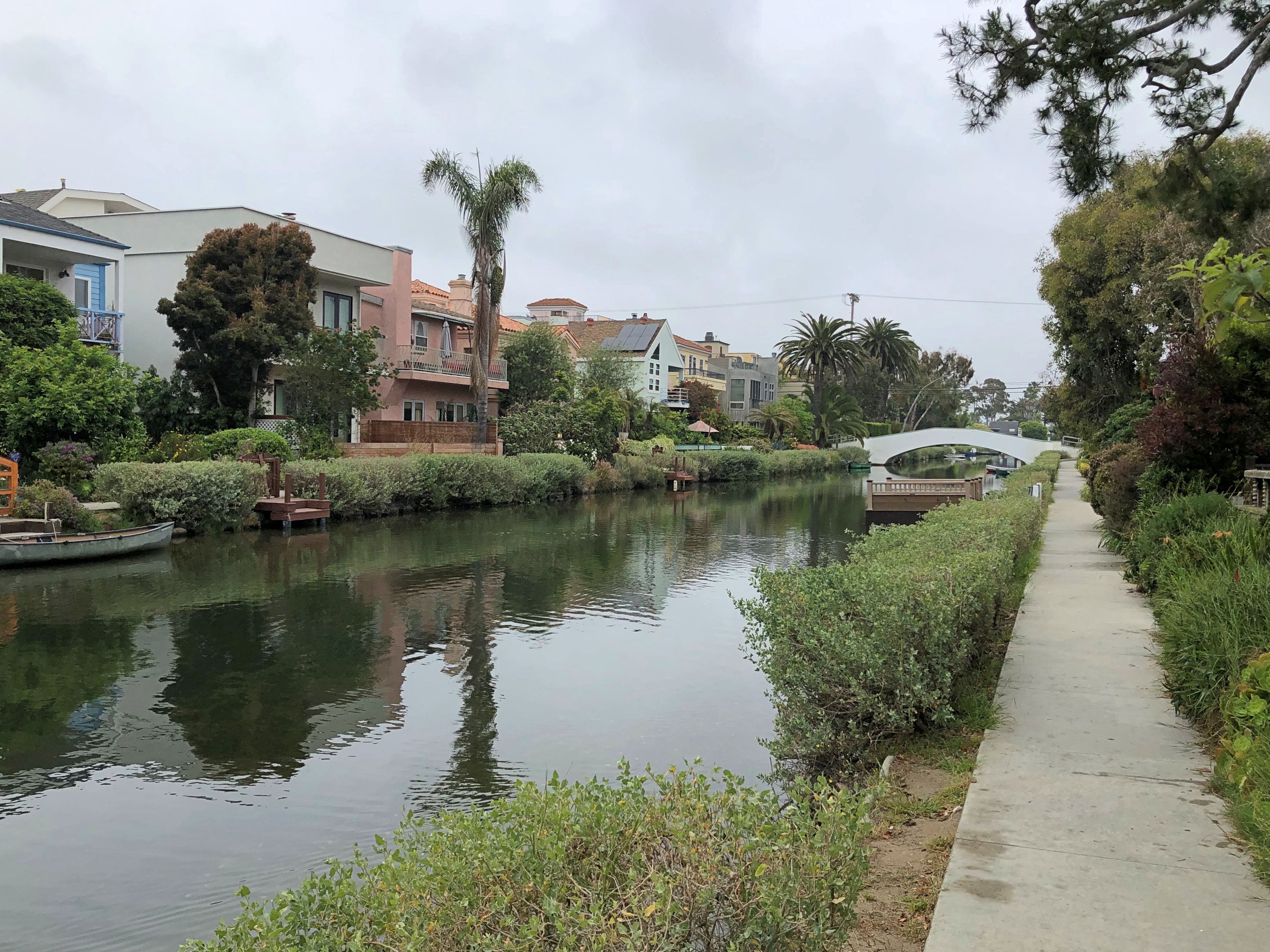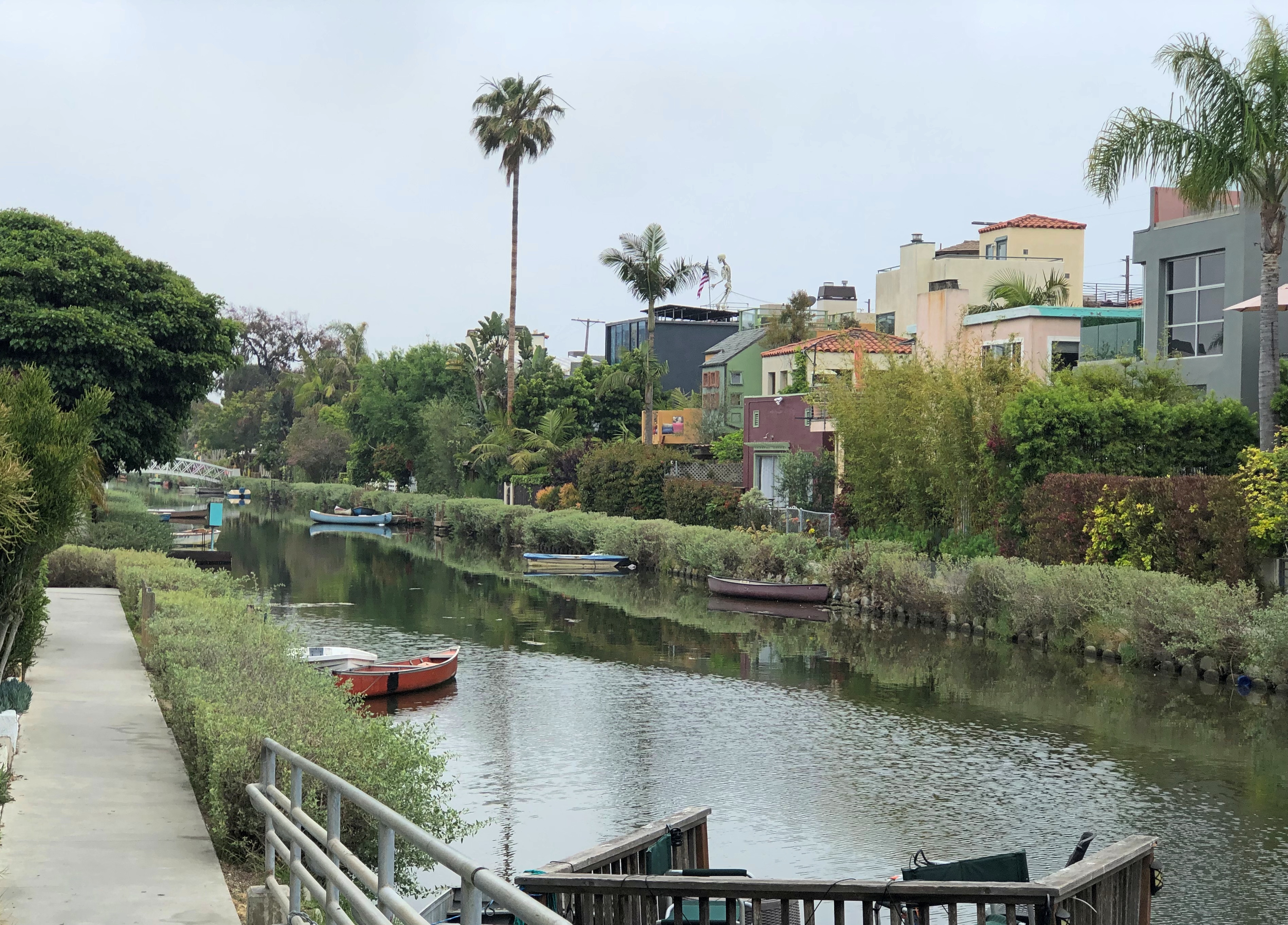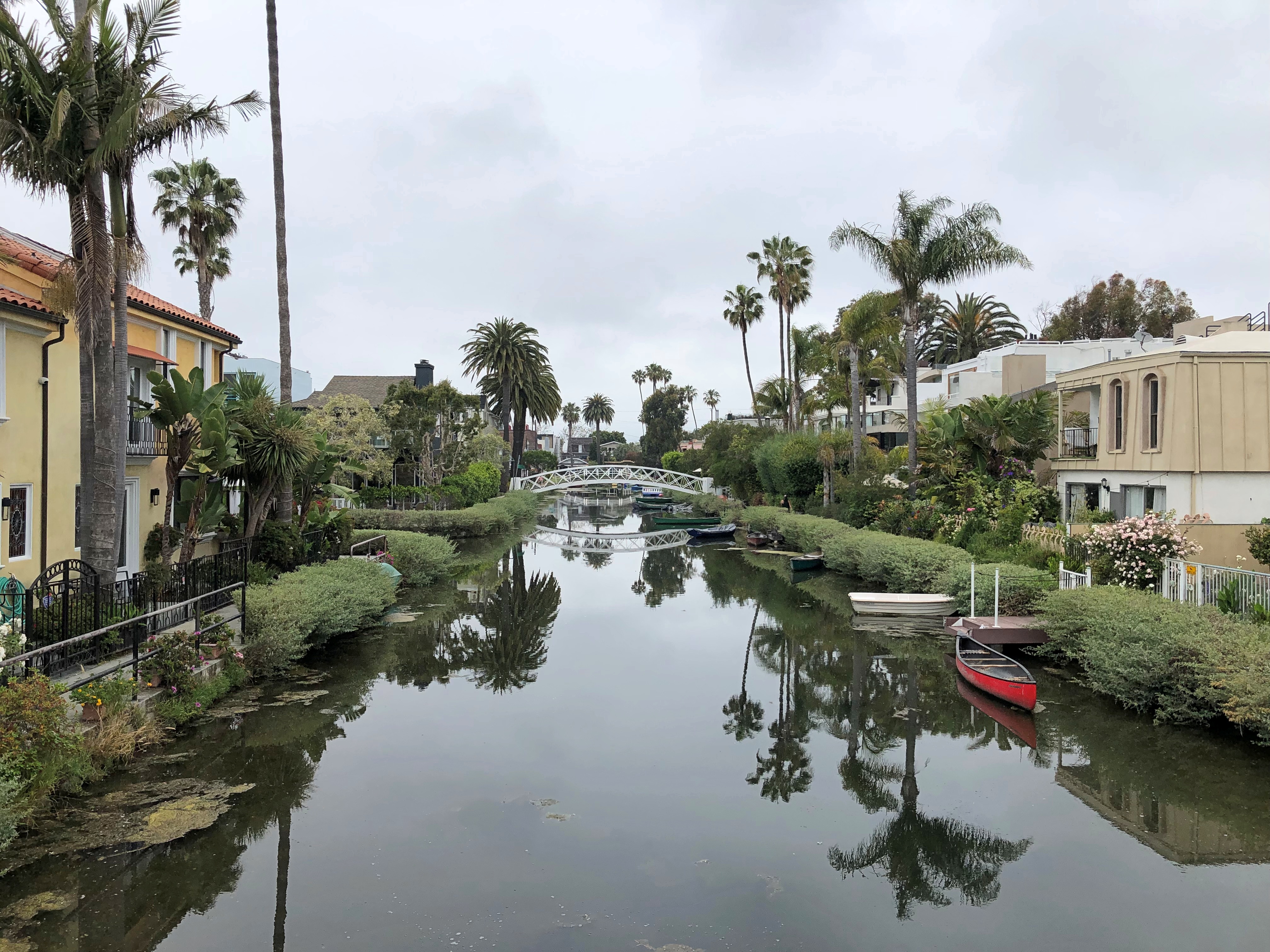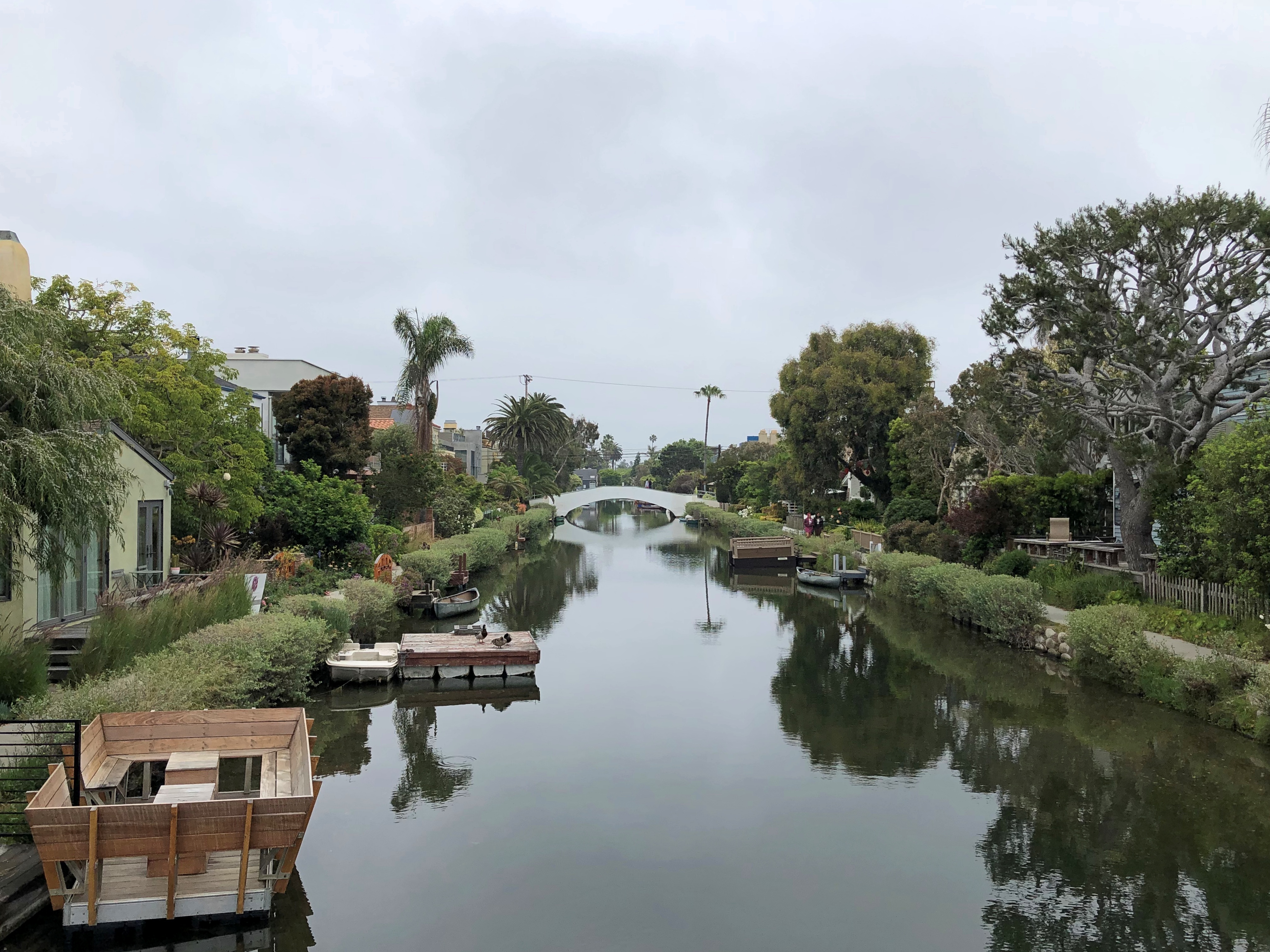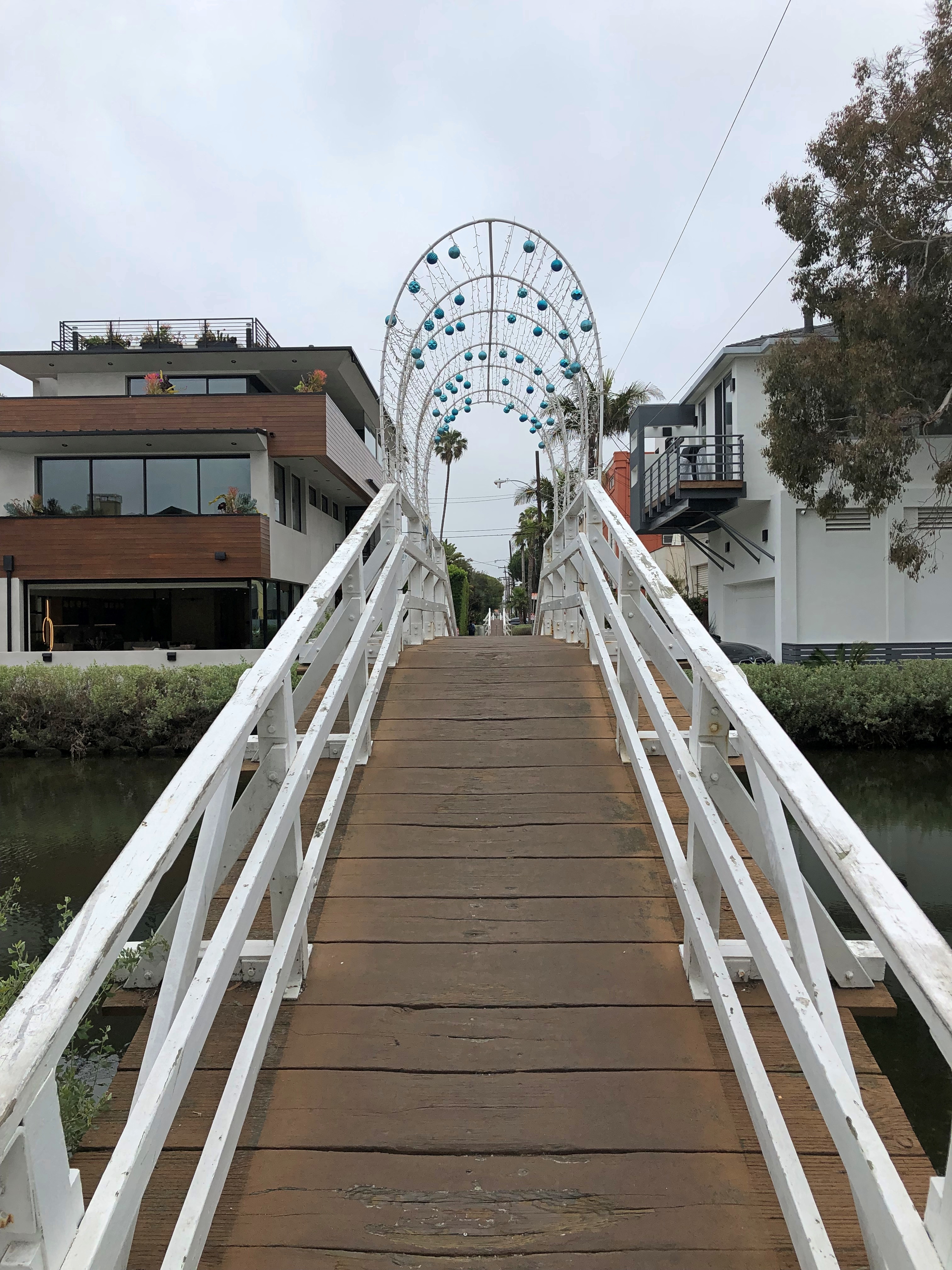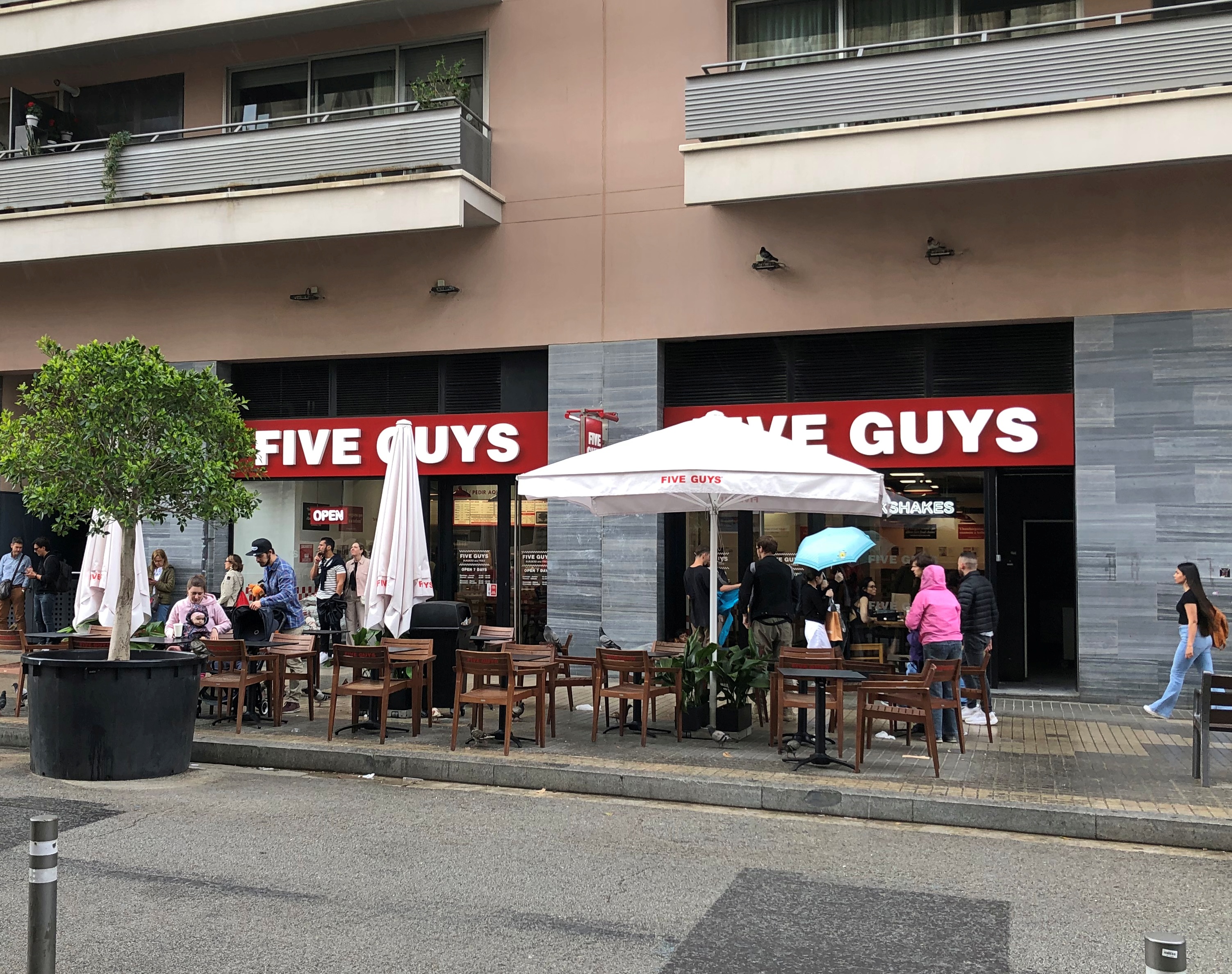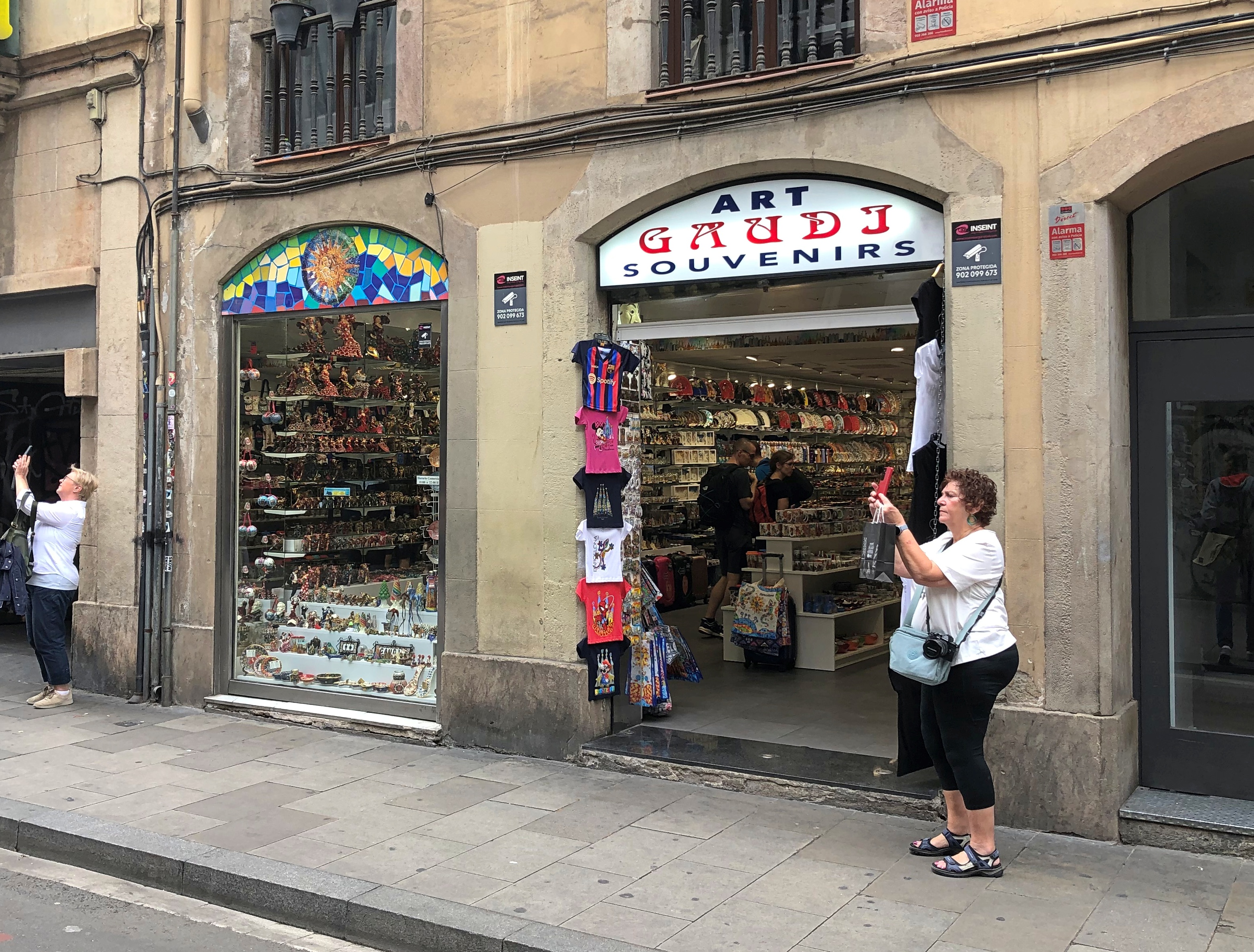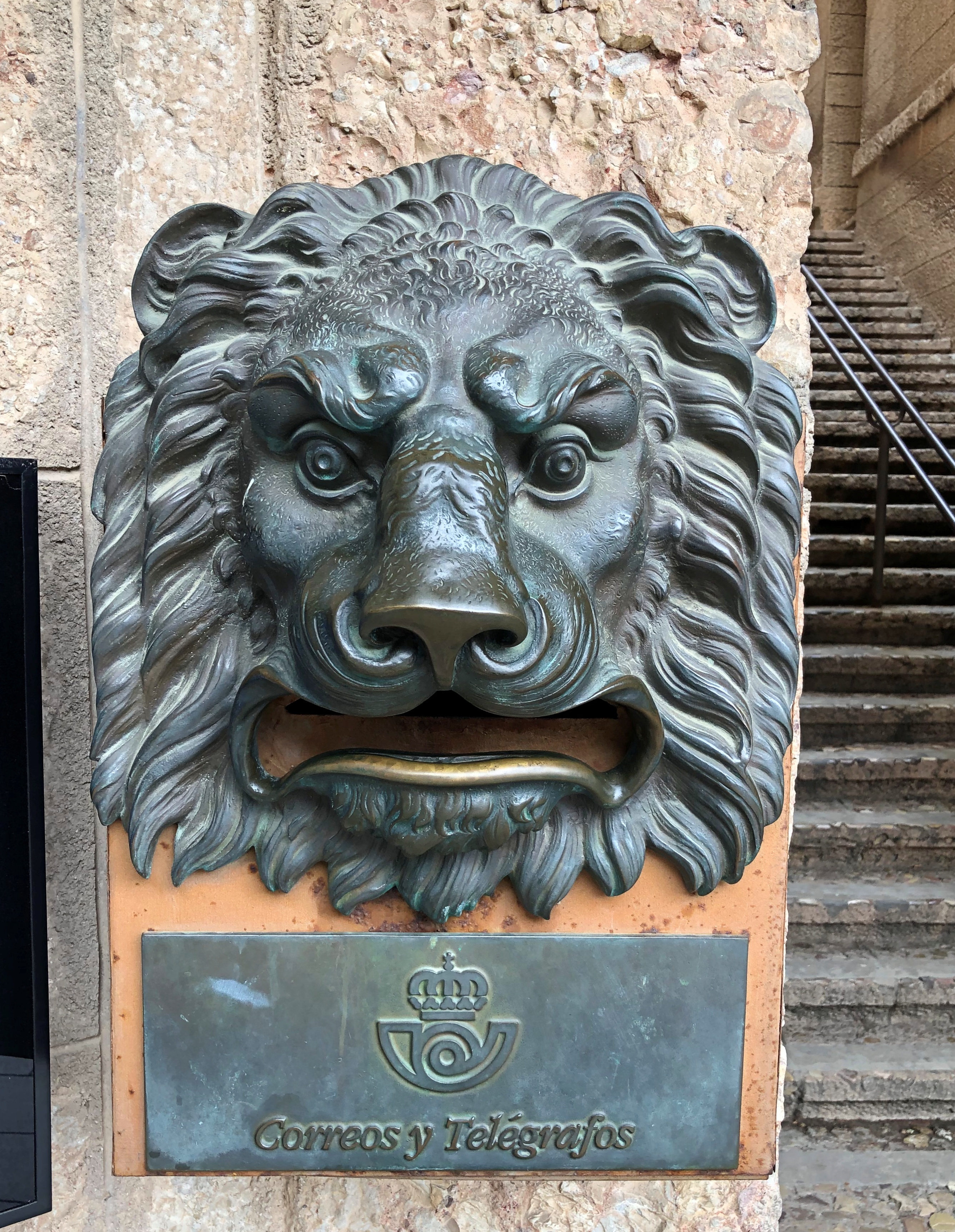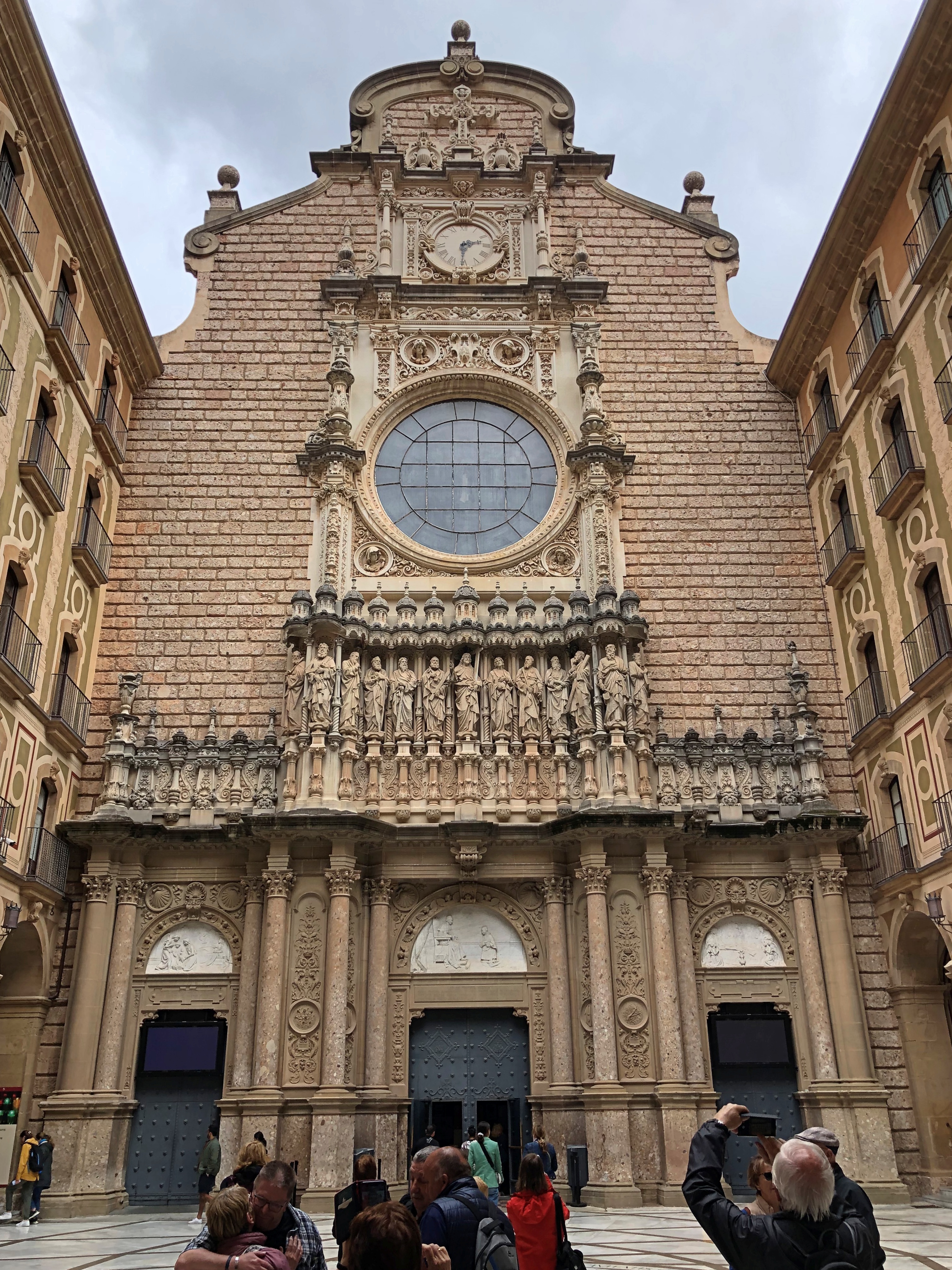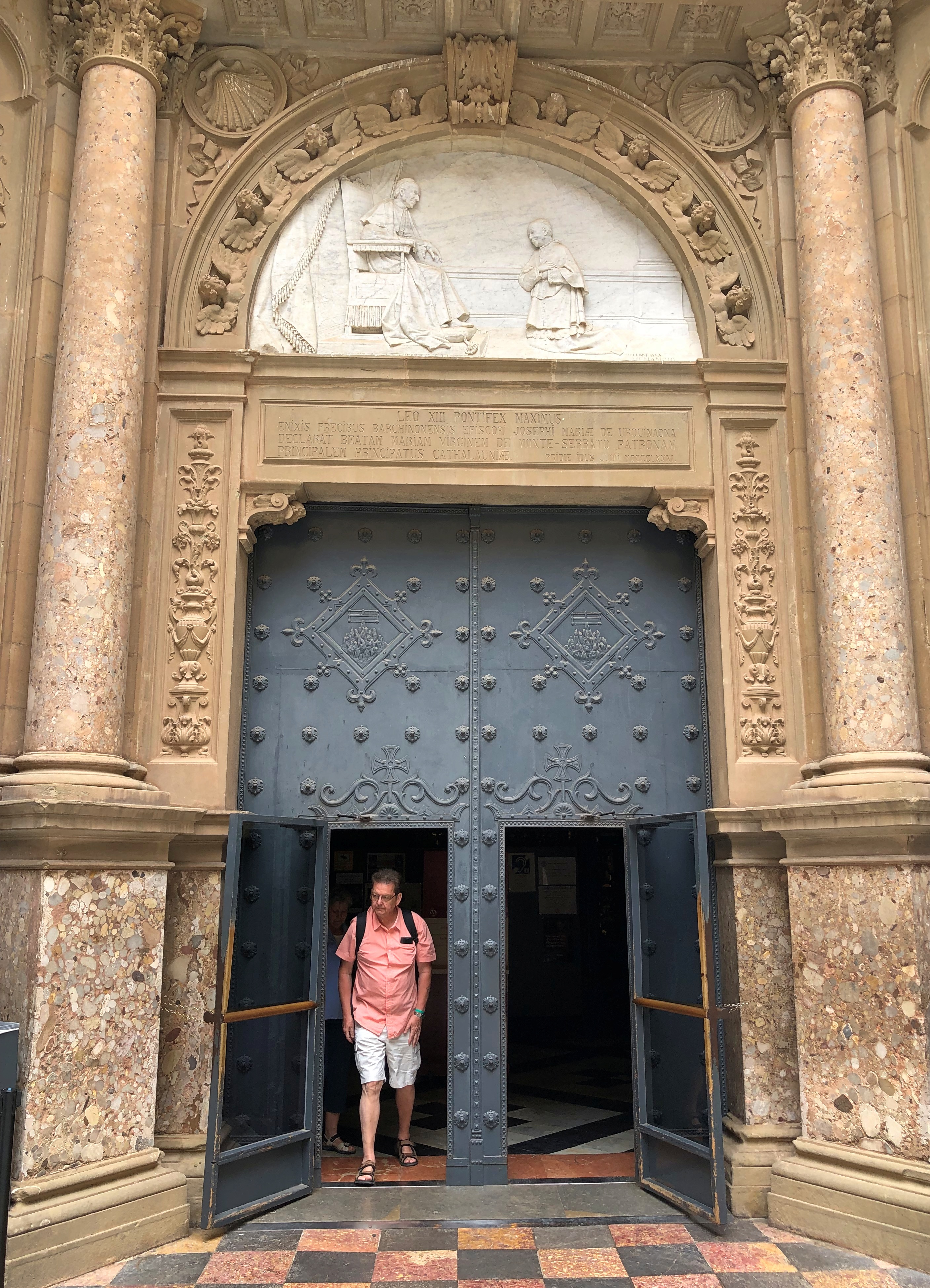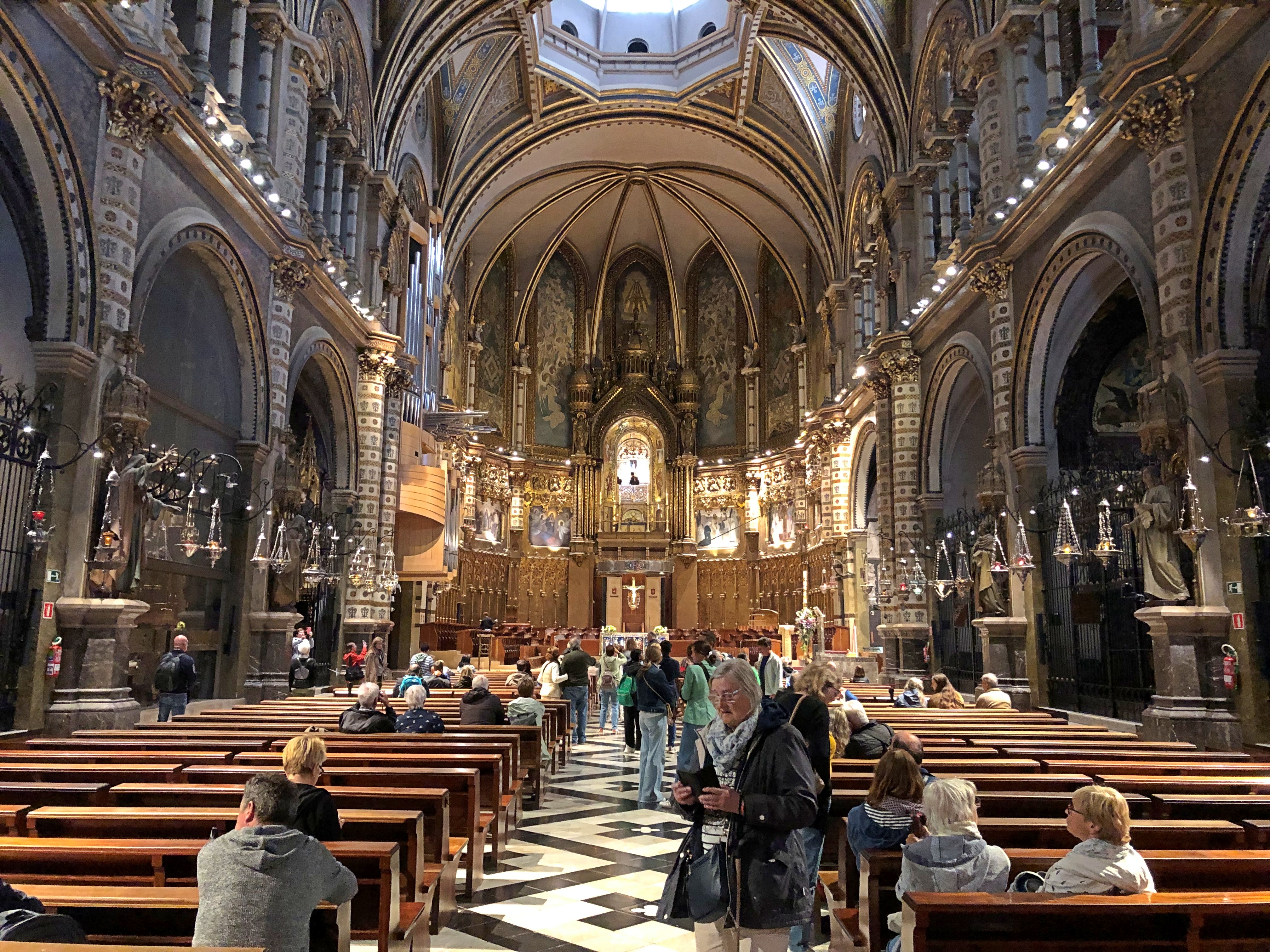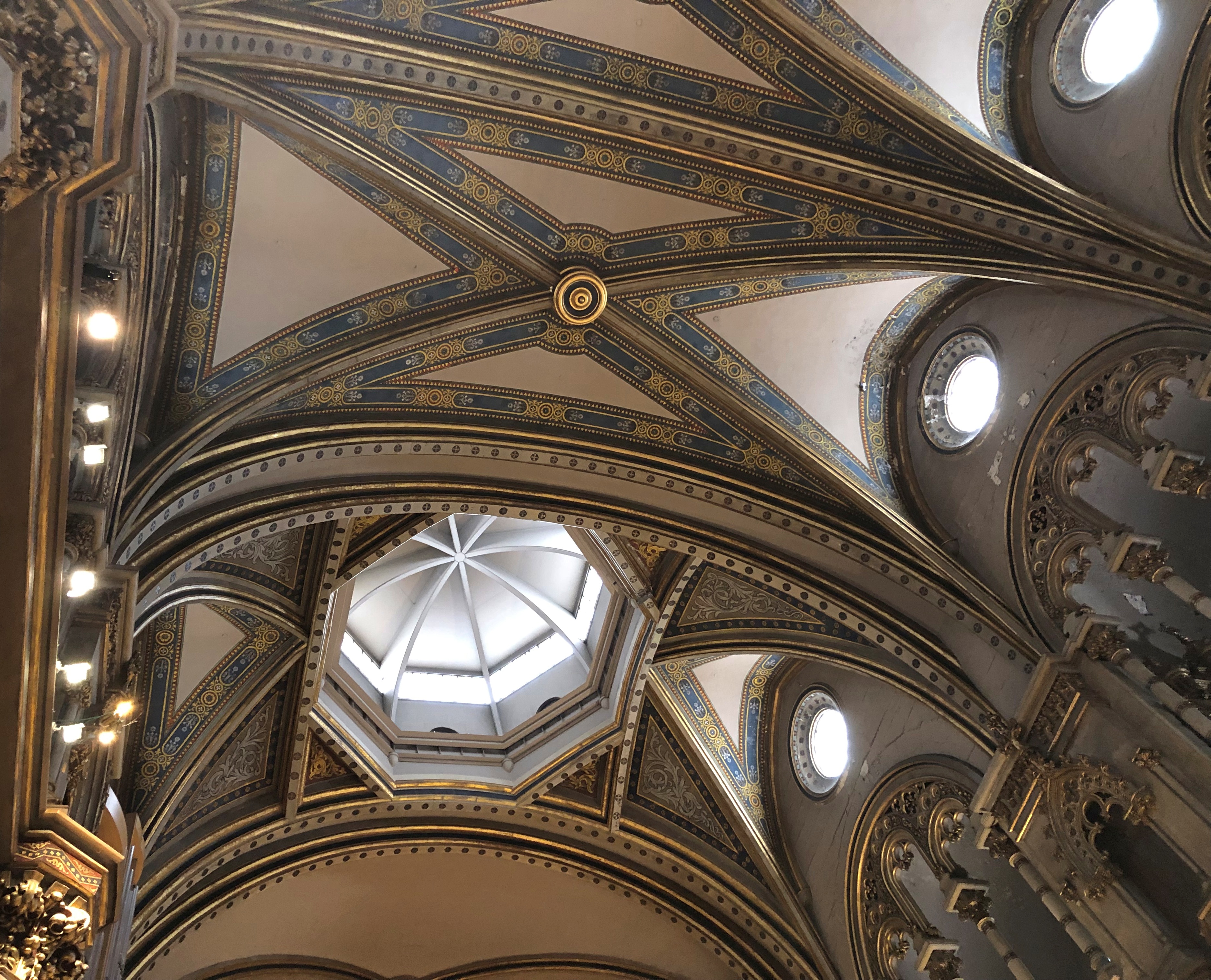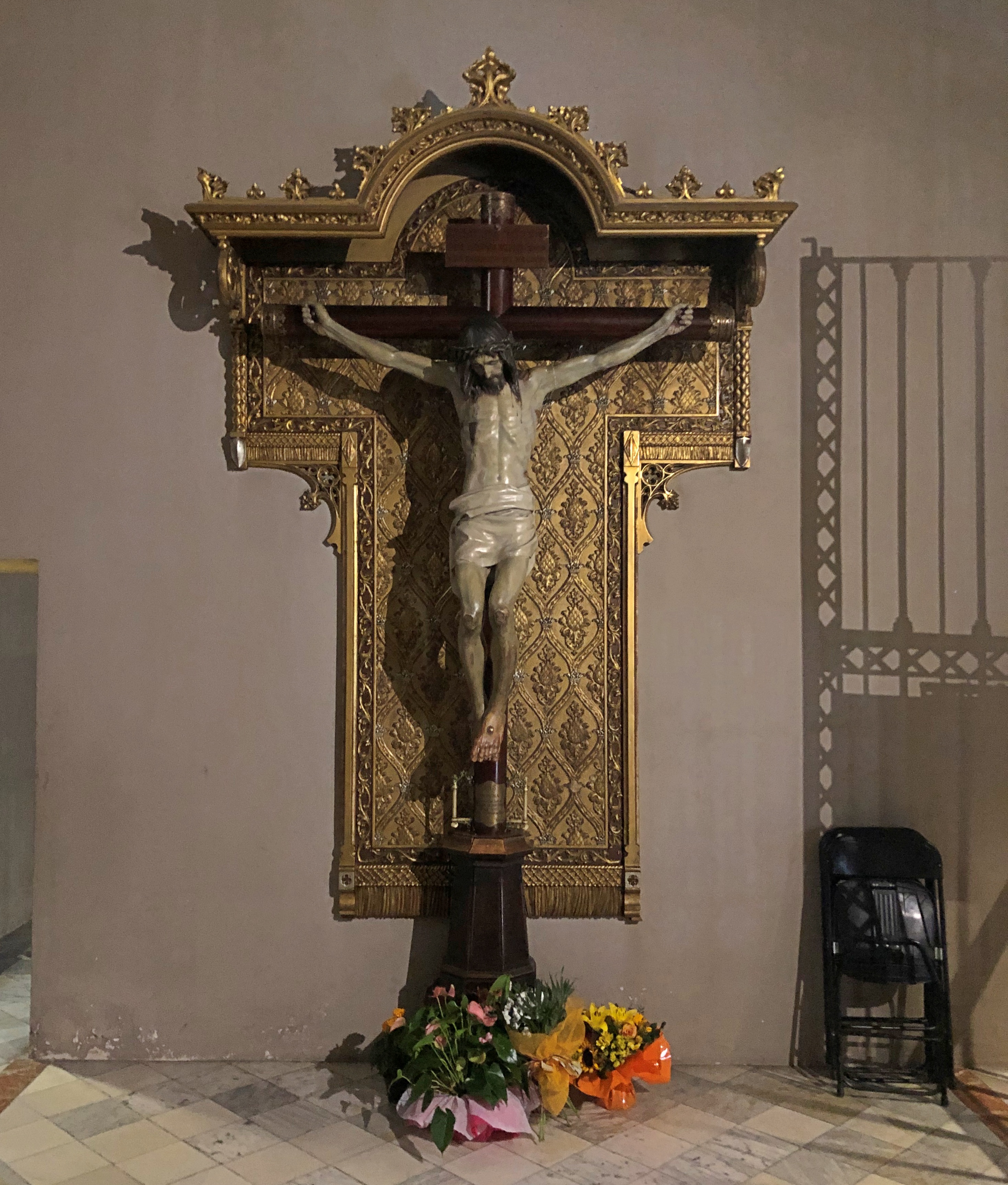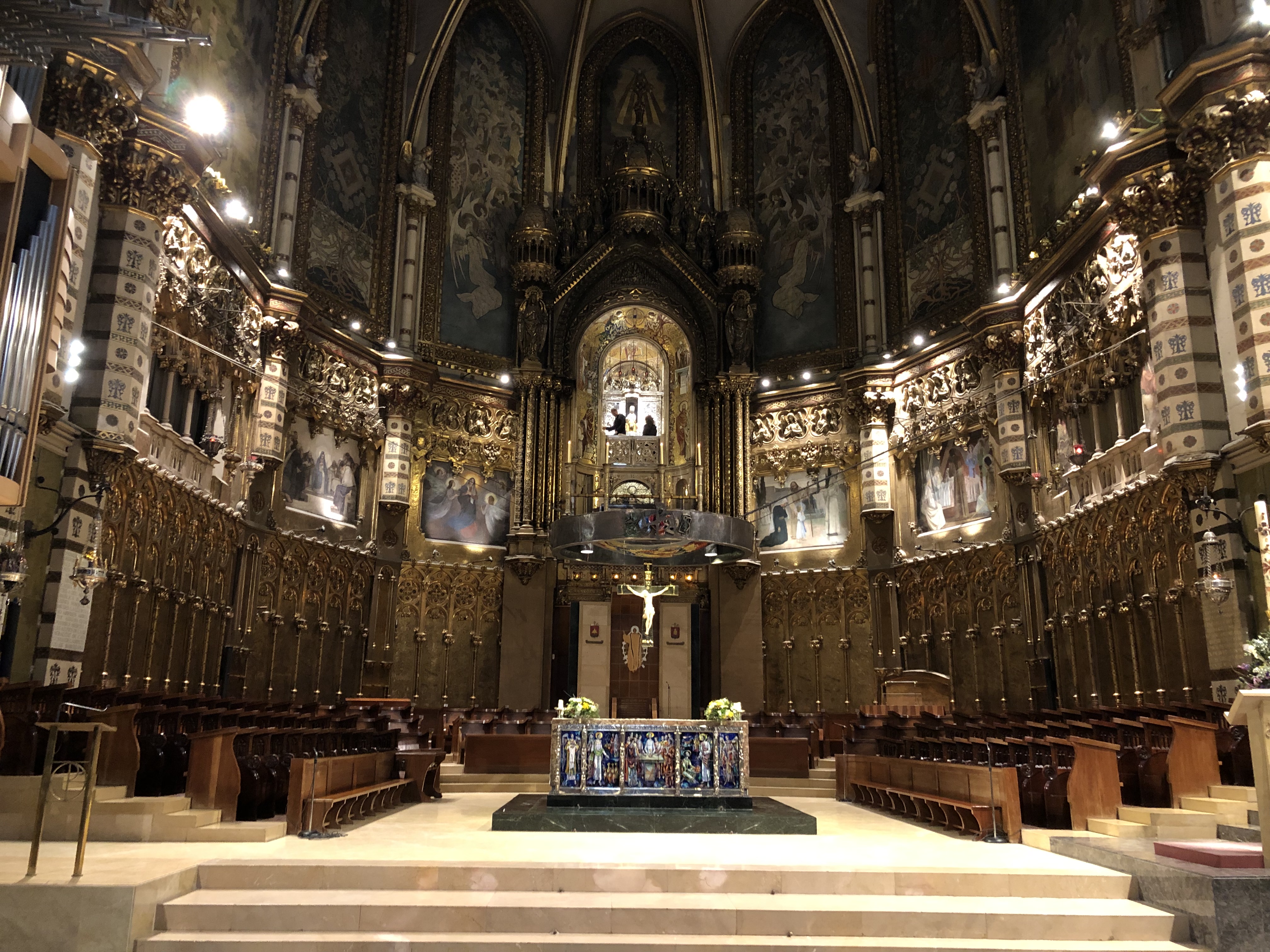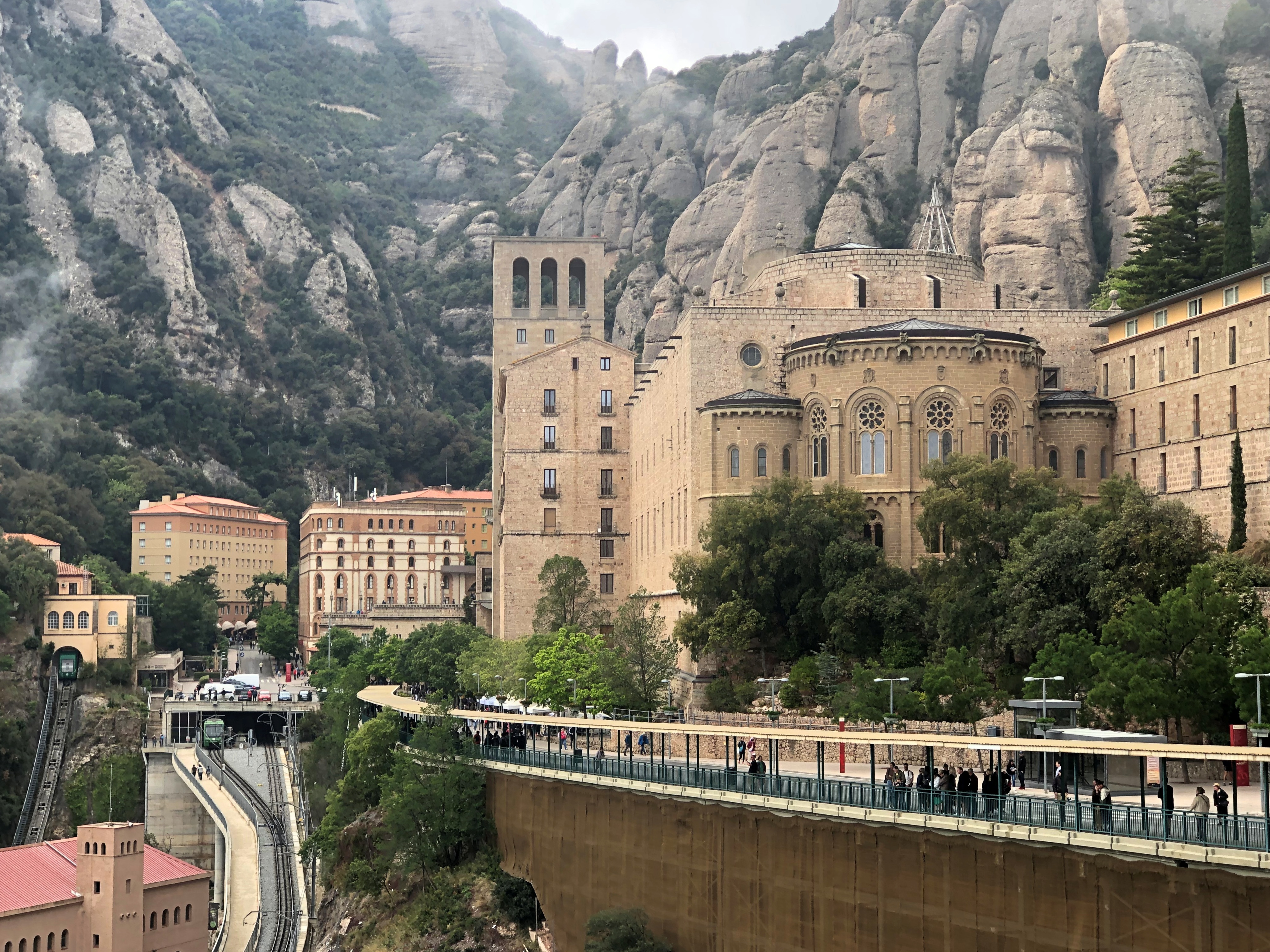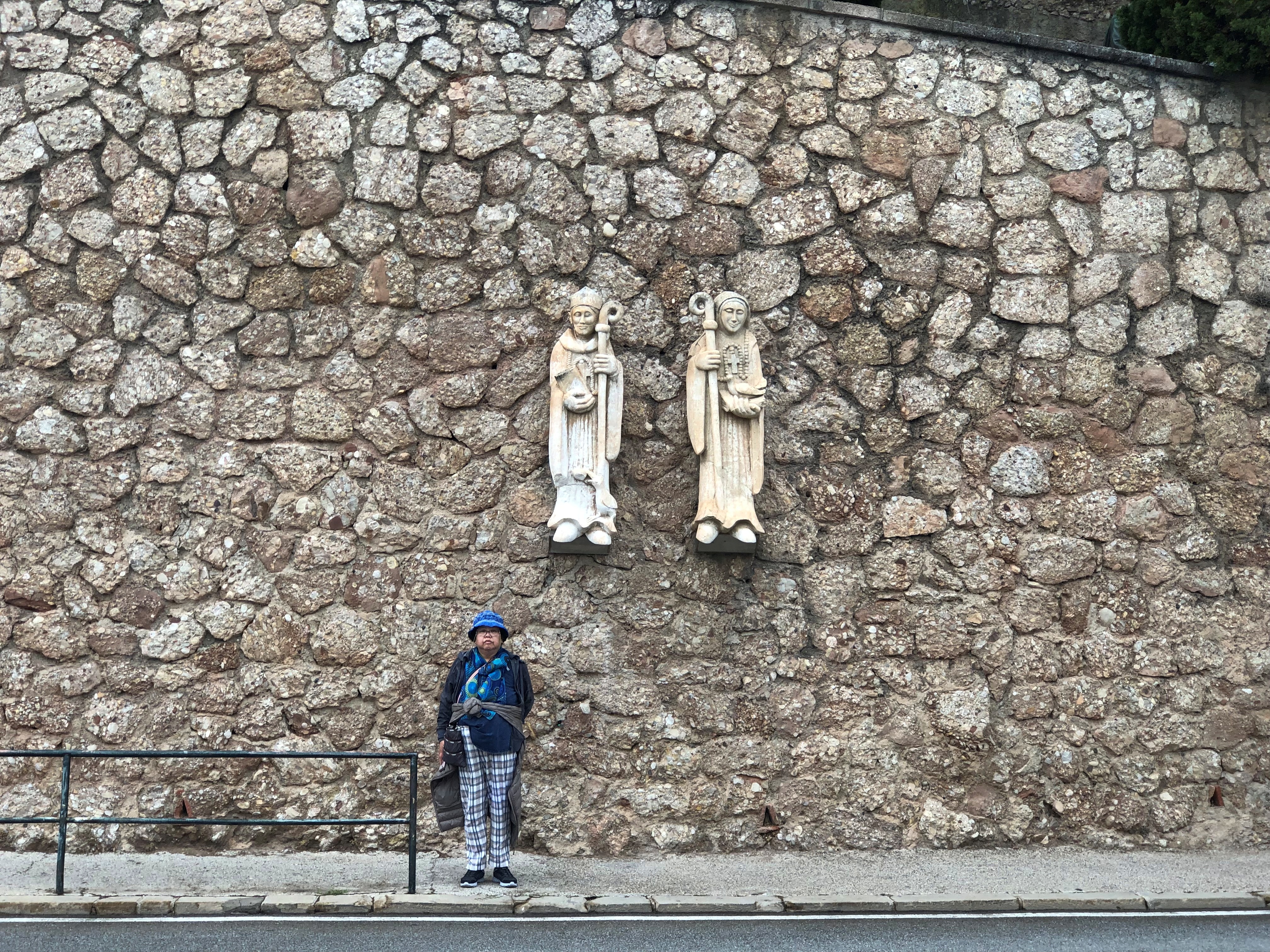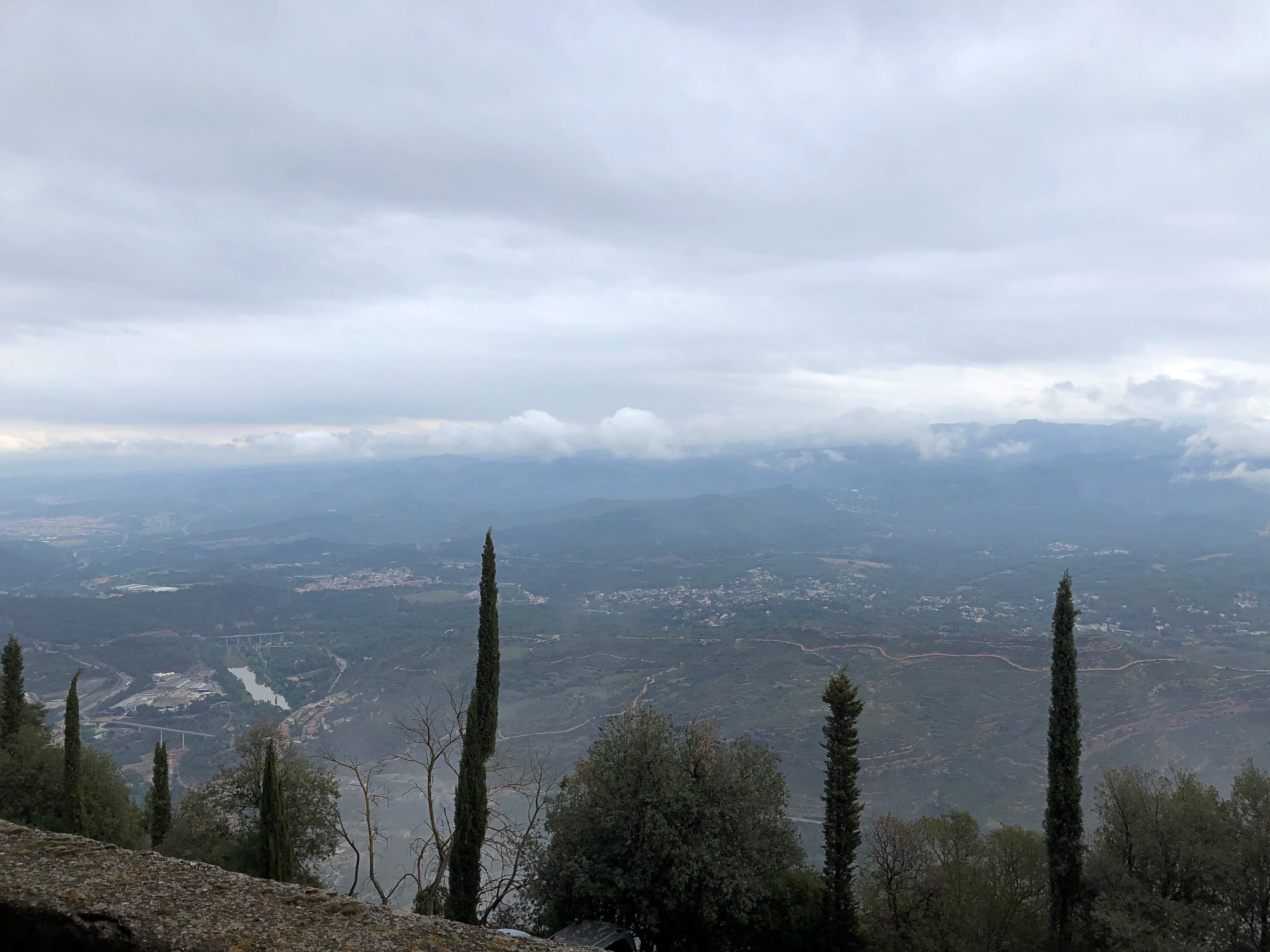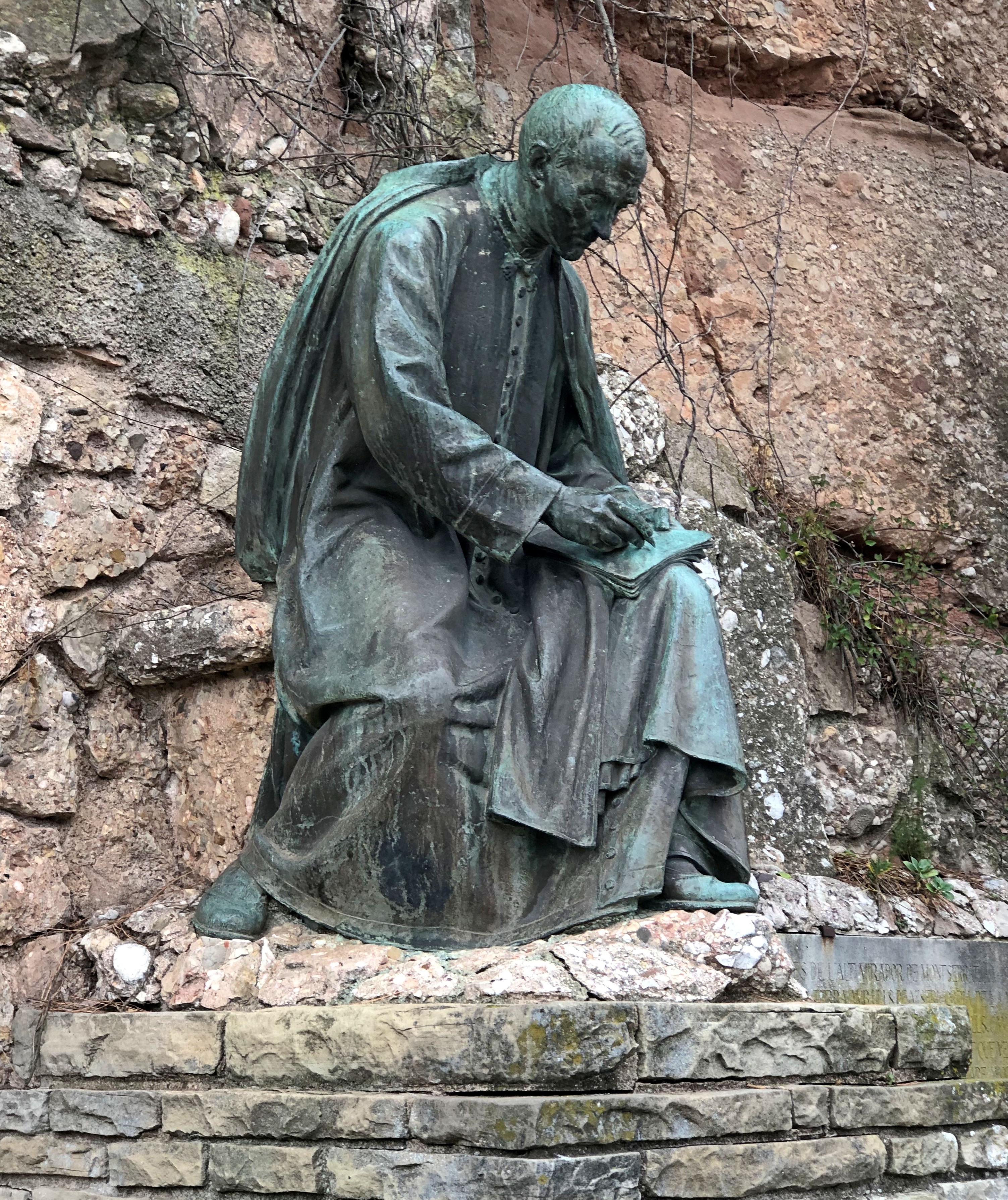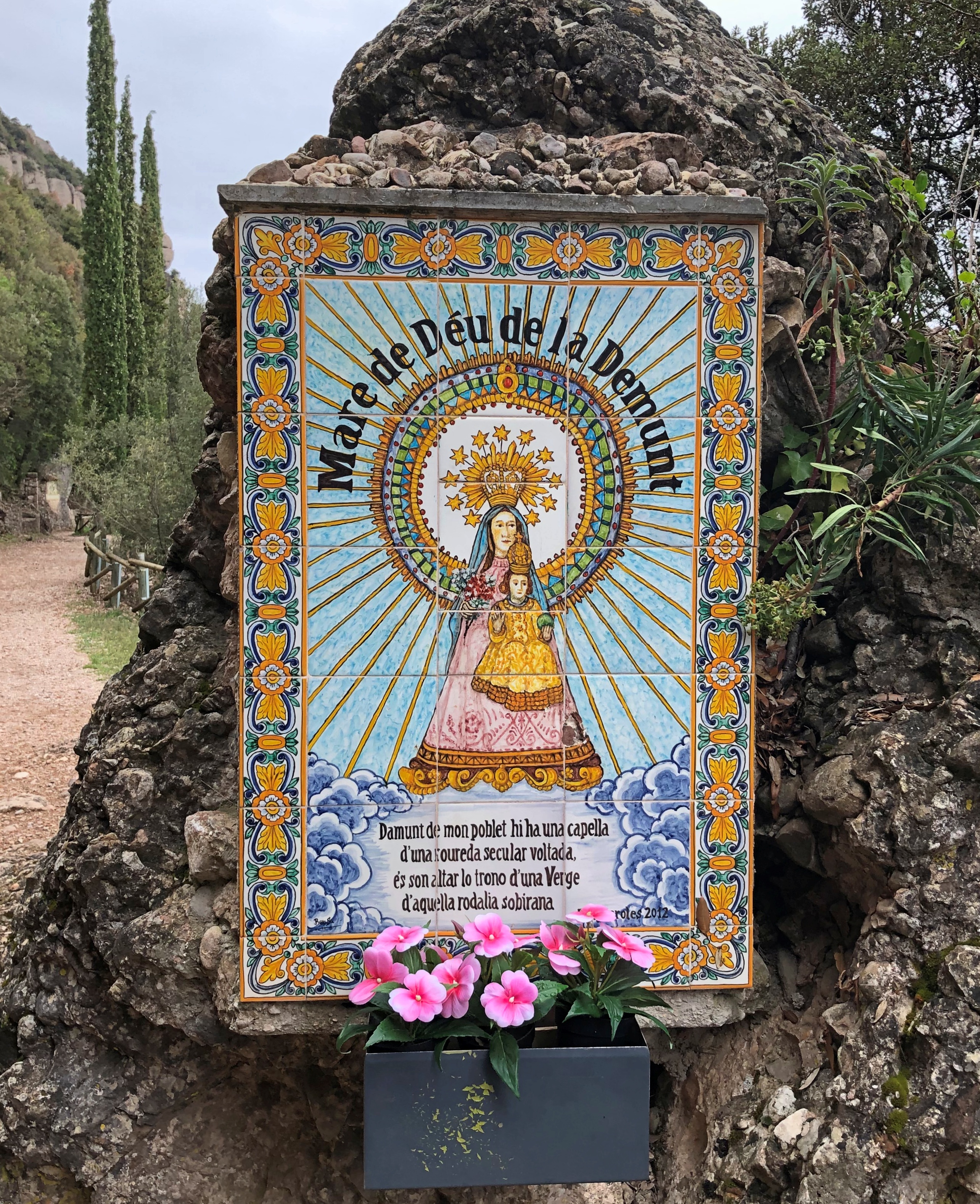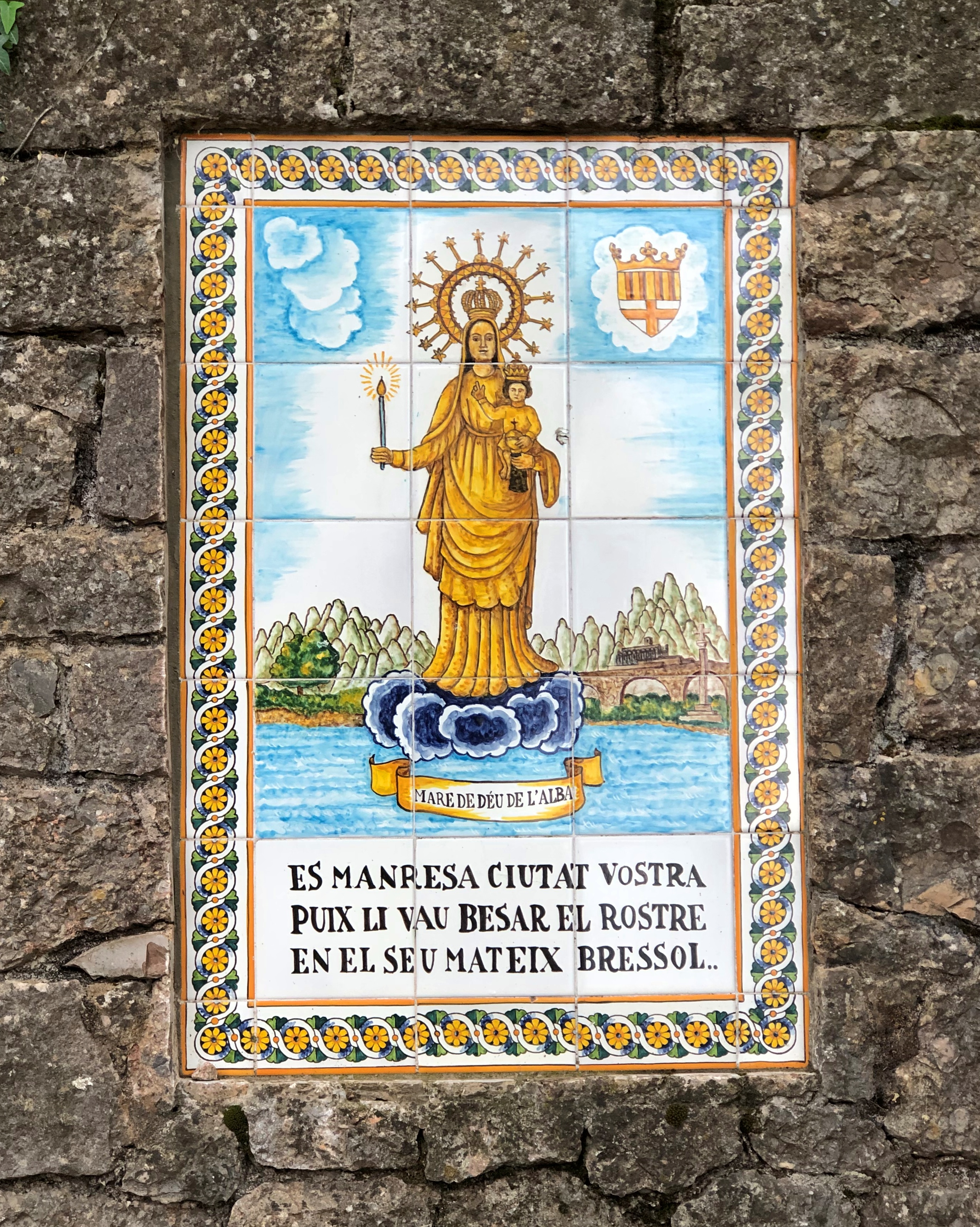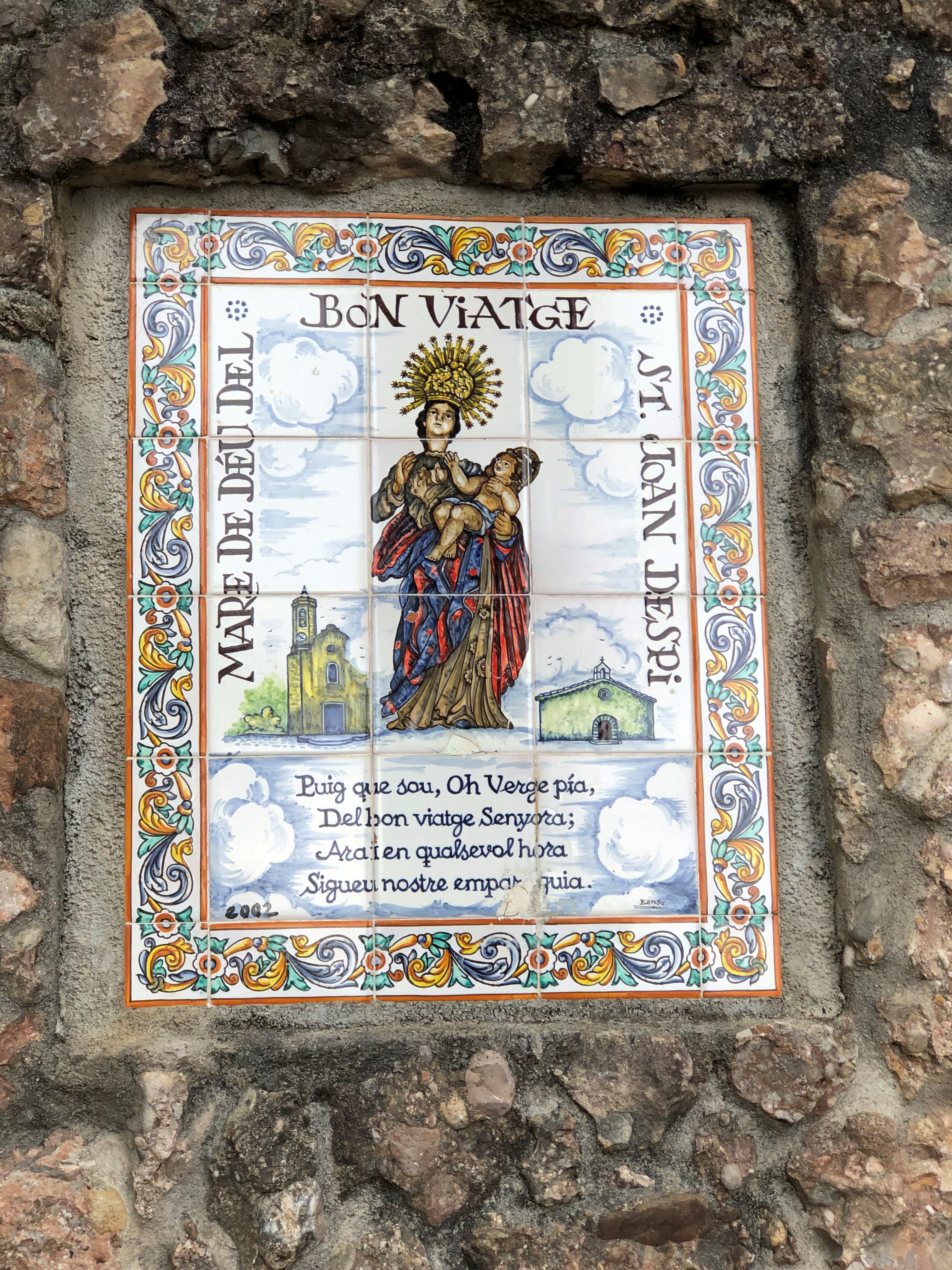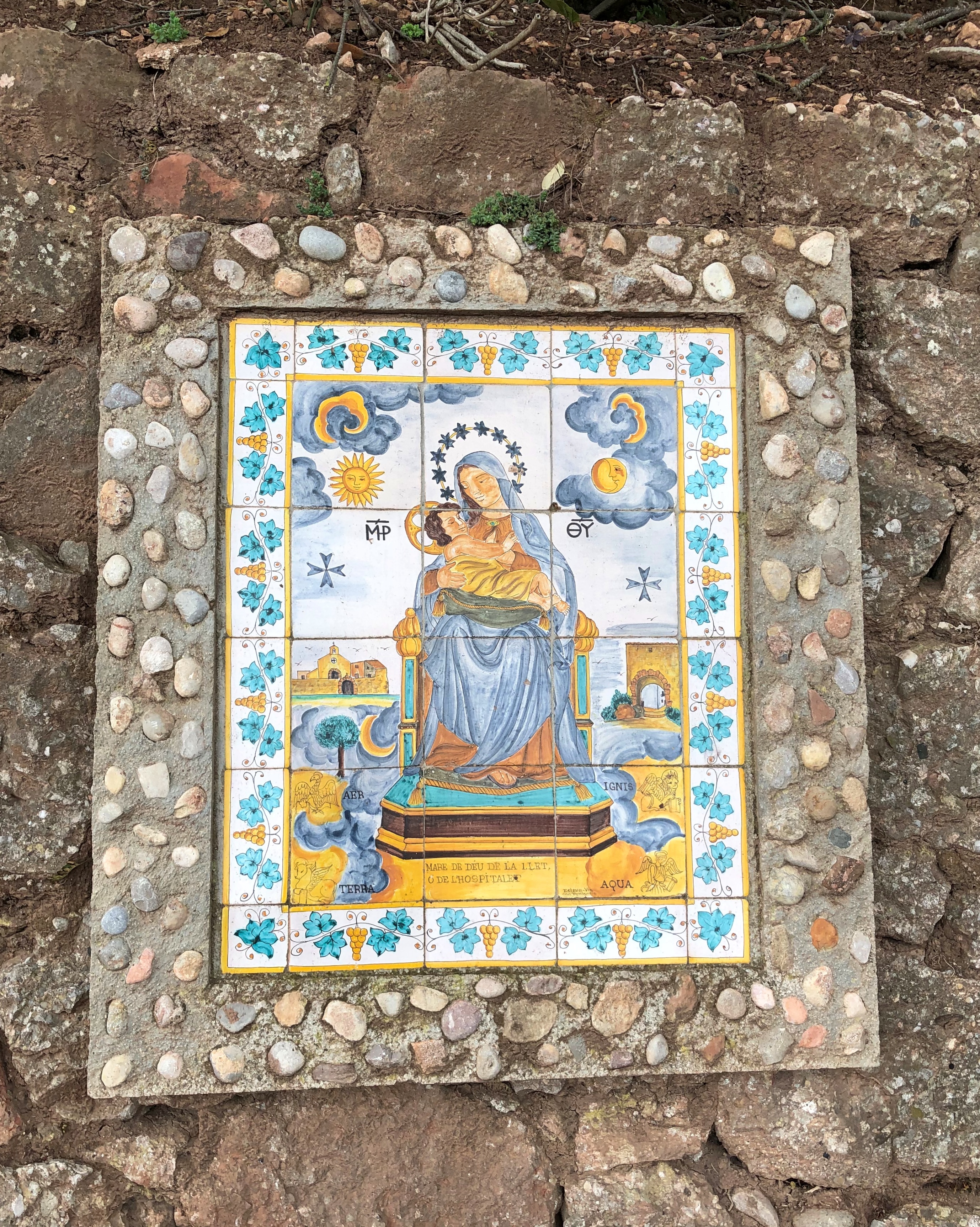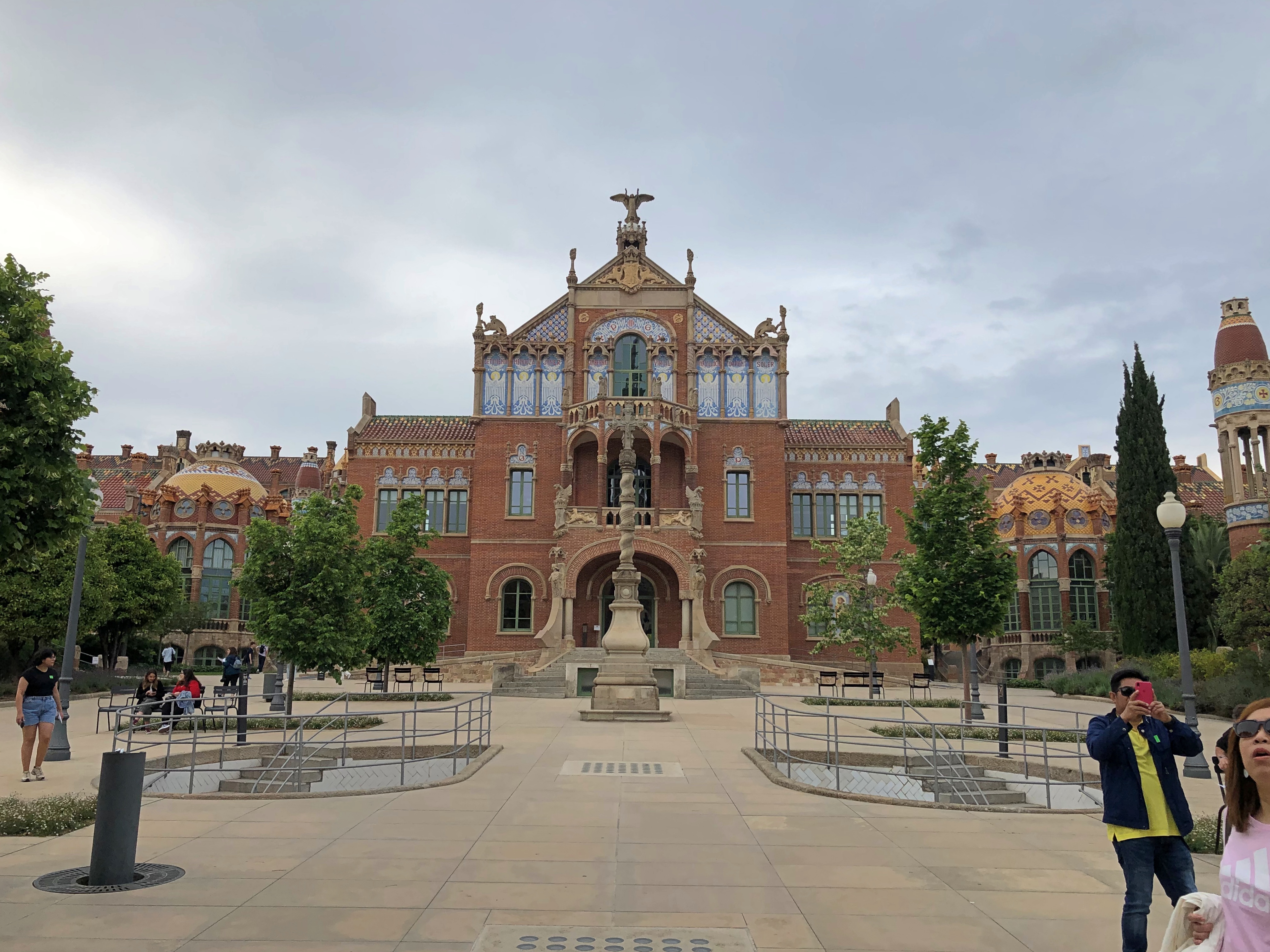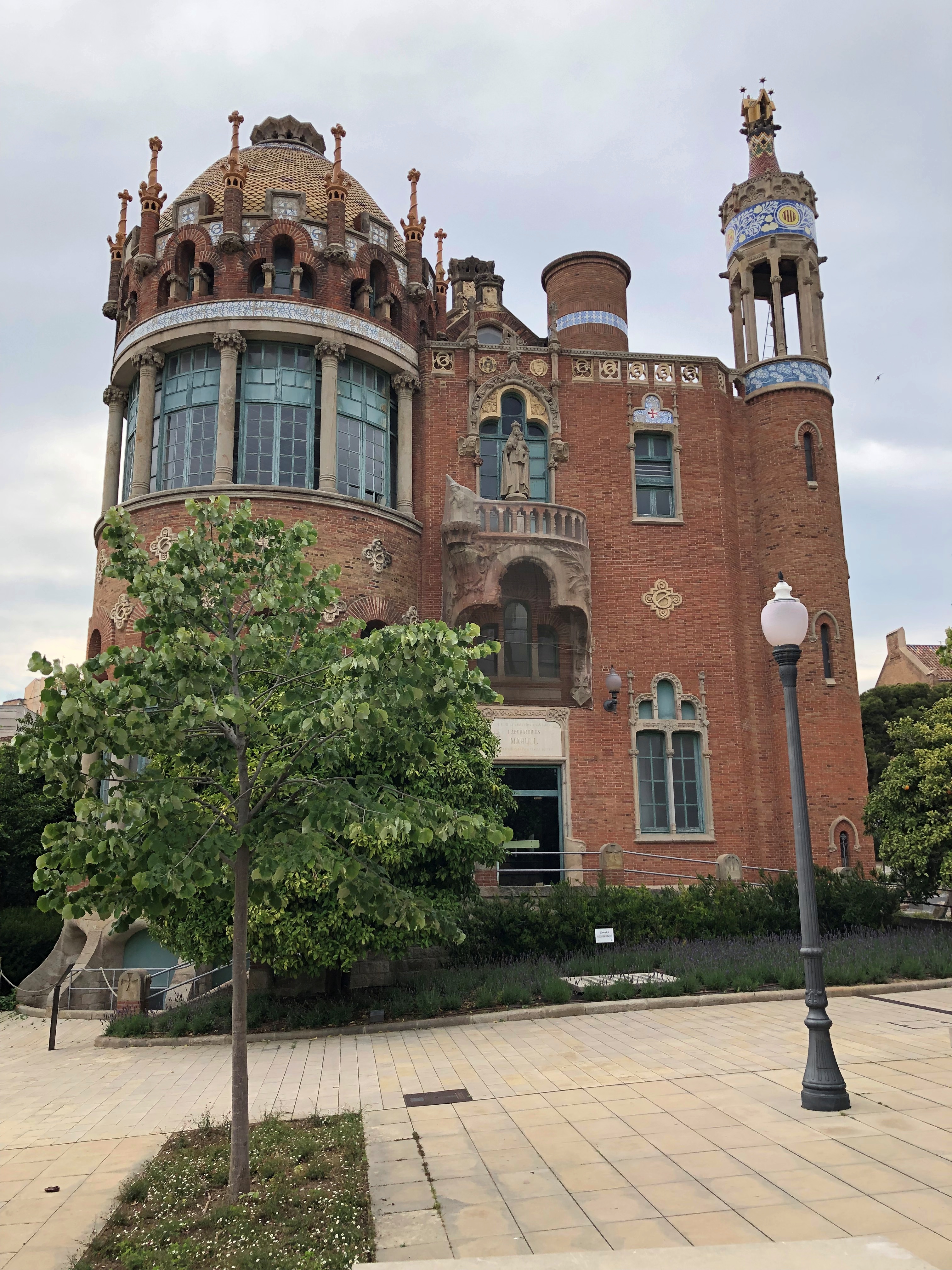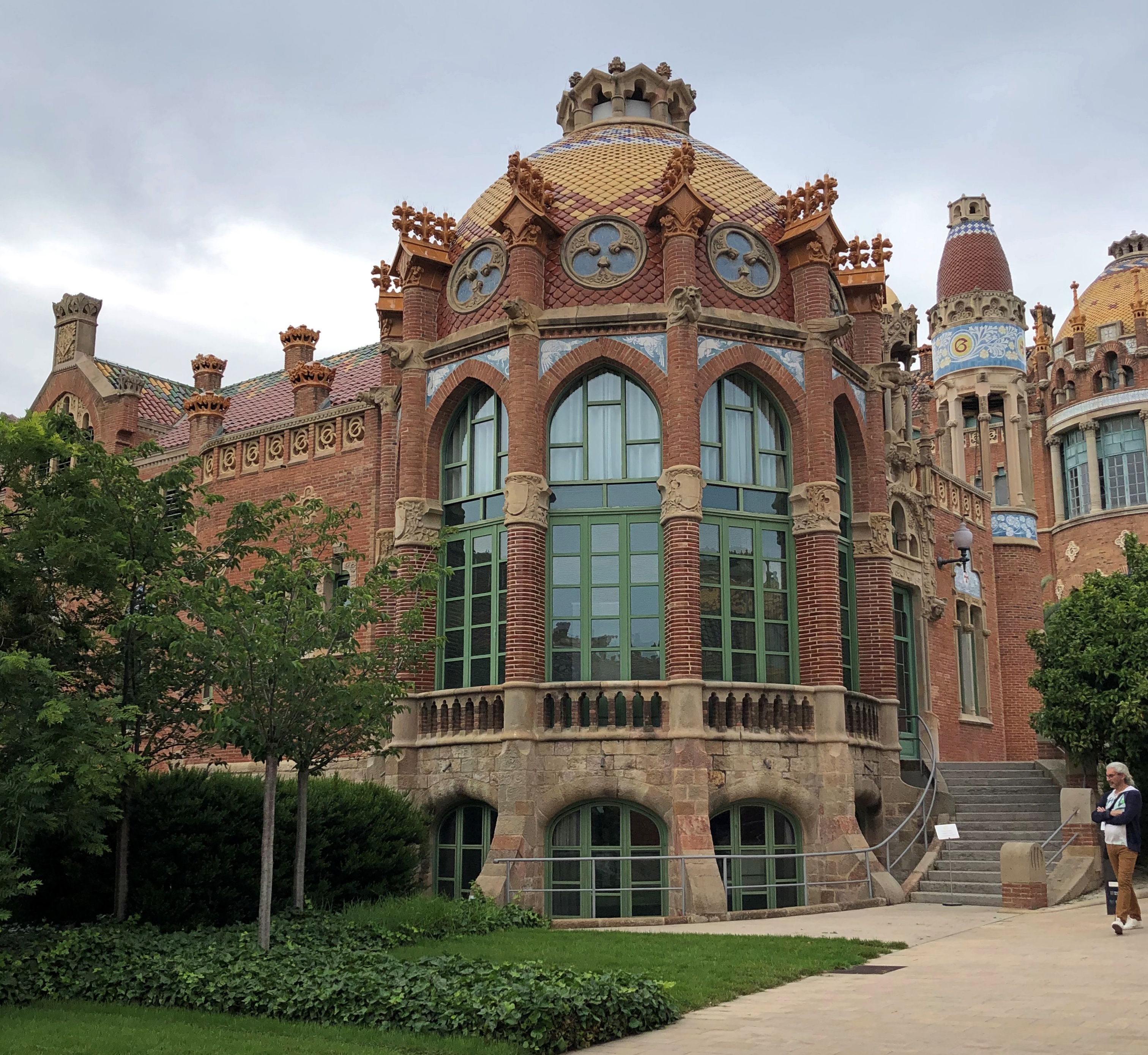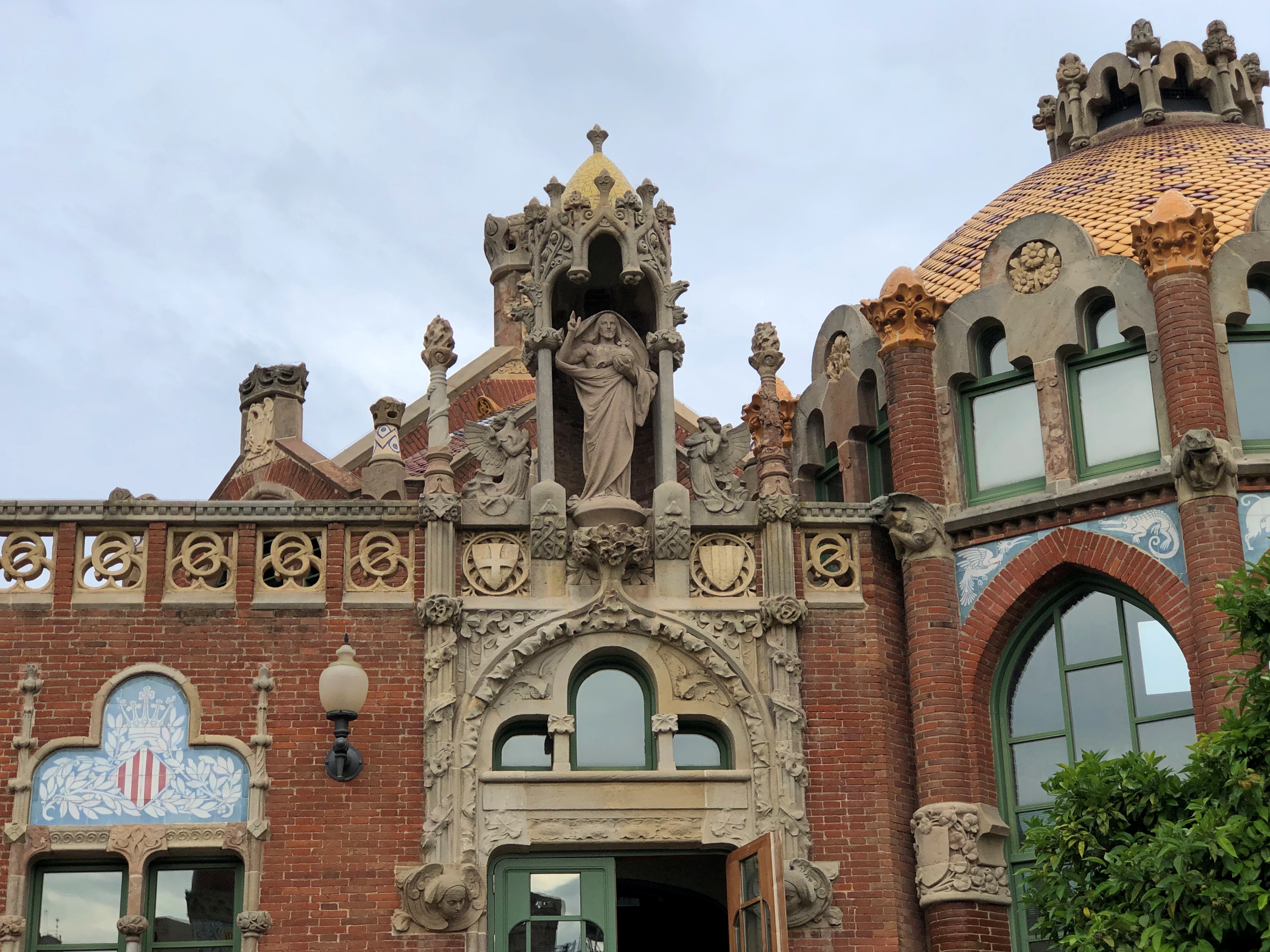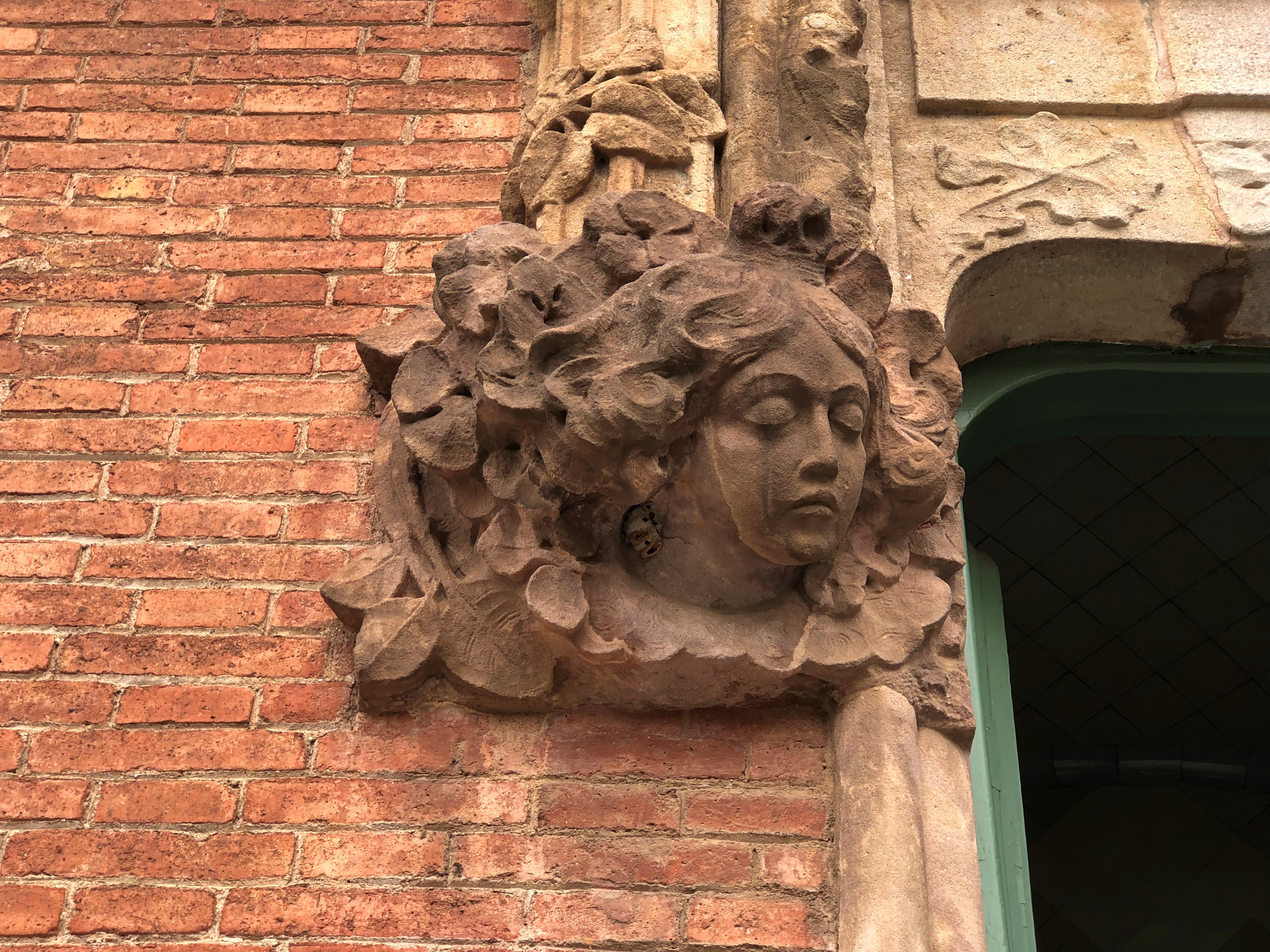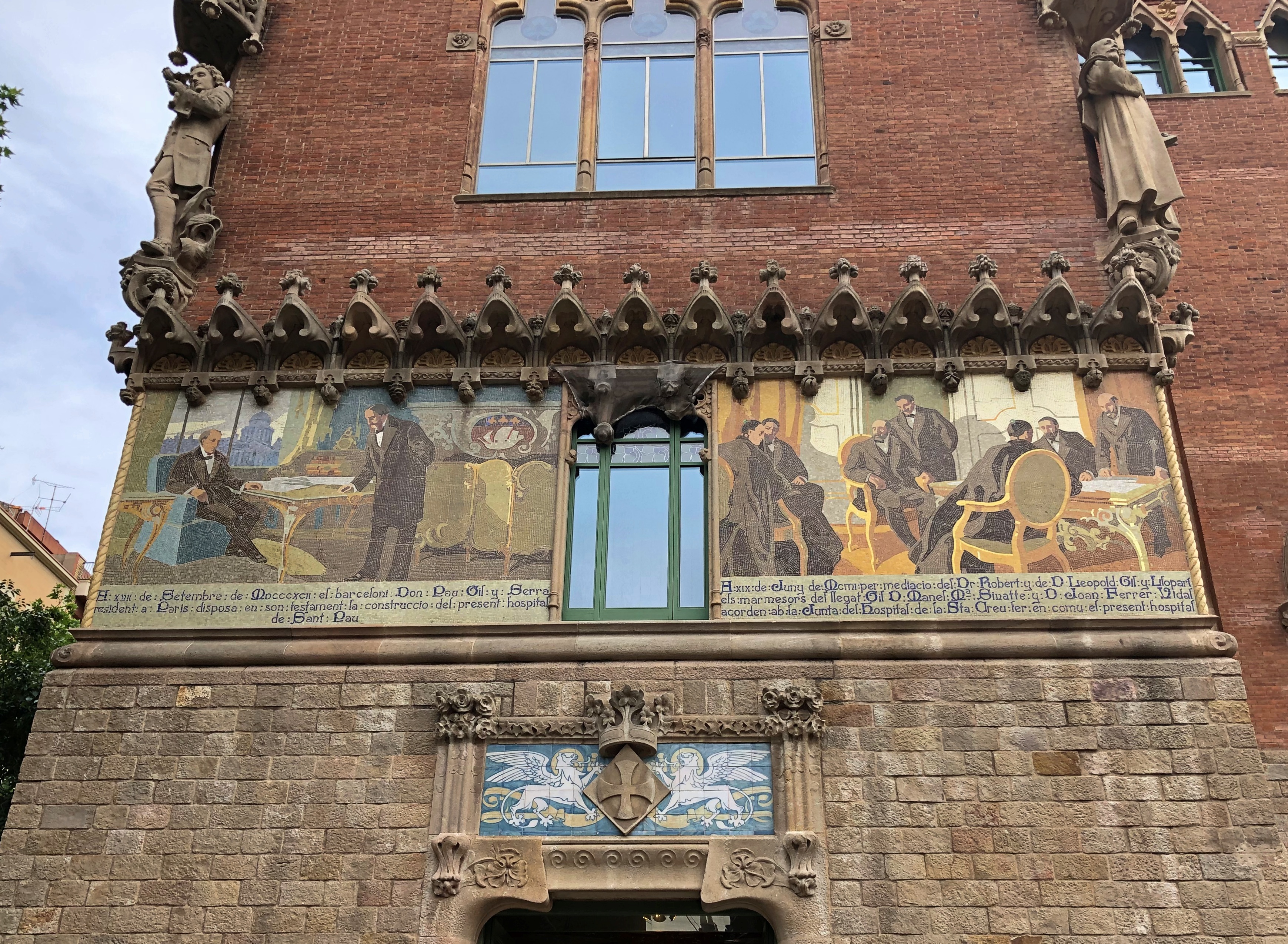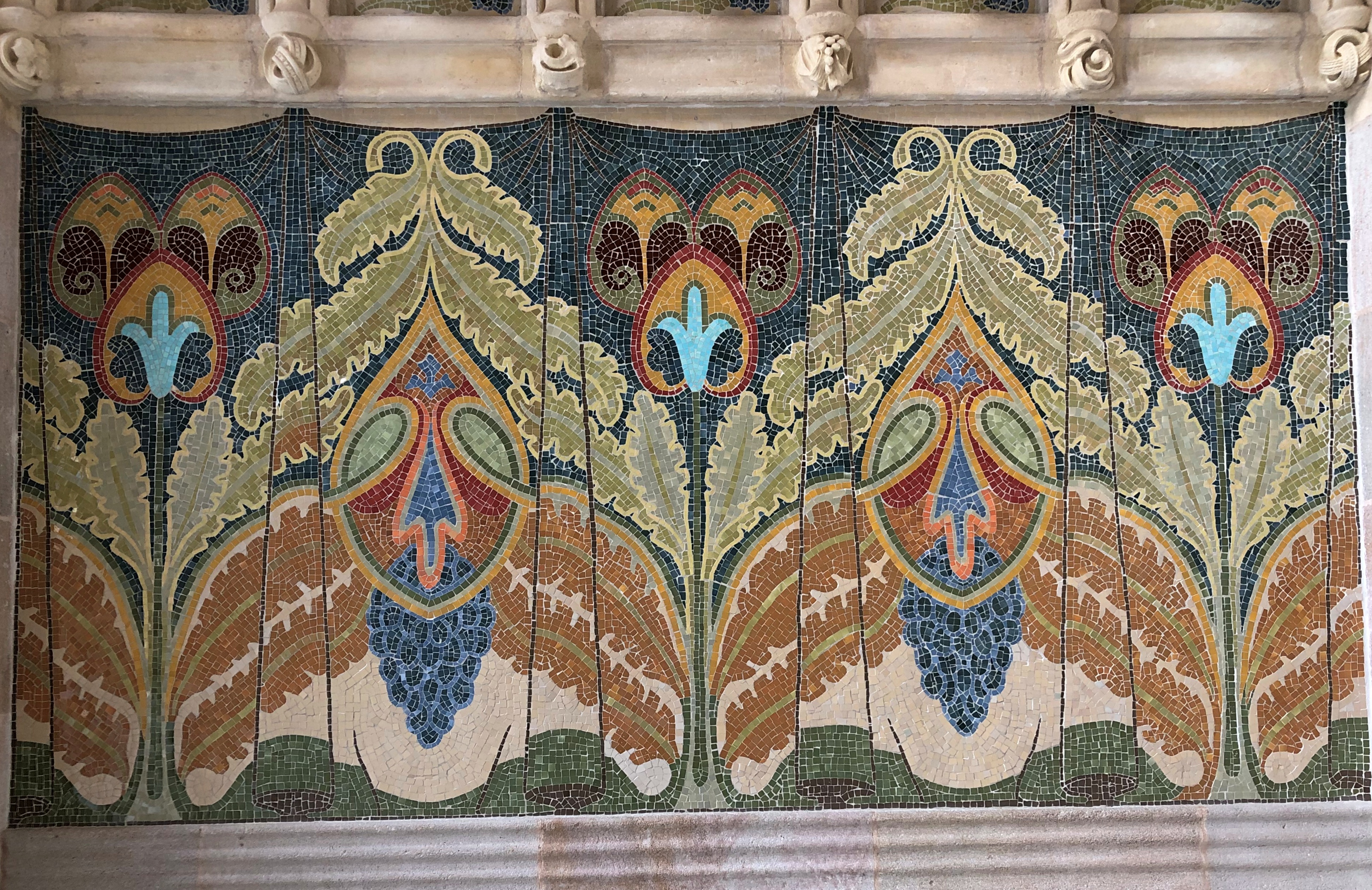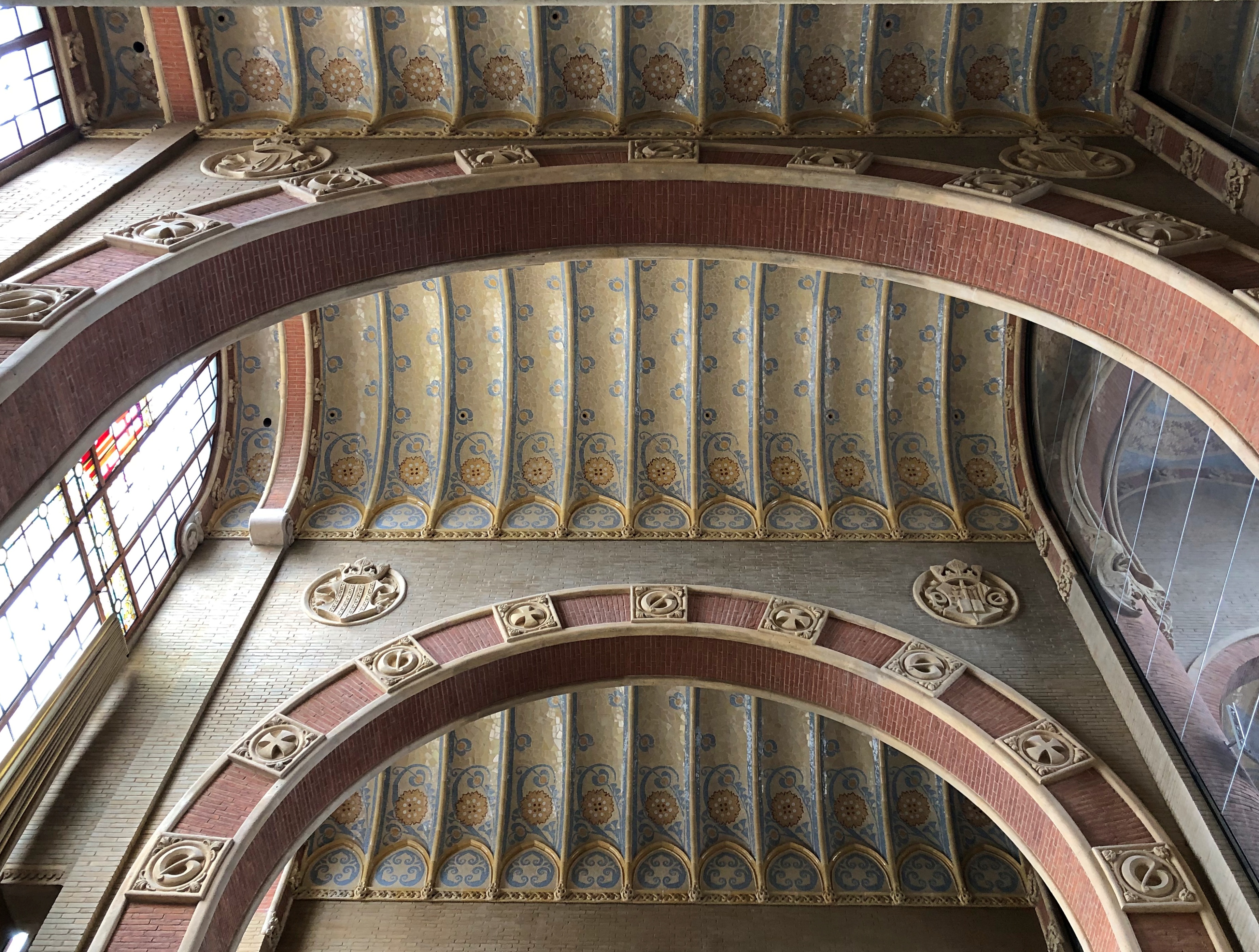On the first two days of July, we spent some time in southern Wisconsin, staying the night at a hotel near the Rock River in Janesville, a burg of about 65,000 and seat of Rock County.
Late on the afternoon of the 1st, I took a stroll along the river in downtown Janesville. As urban riversides go, it’s drab, an echo of a time when cities generally ignored their rivers, except for purposes of commerce.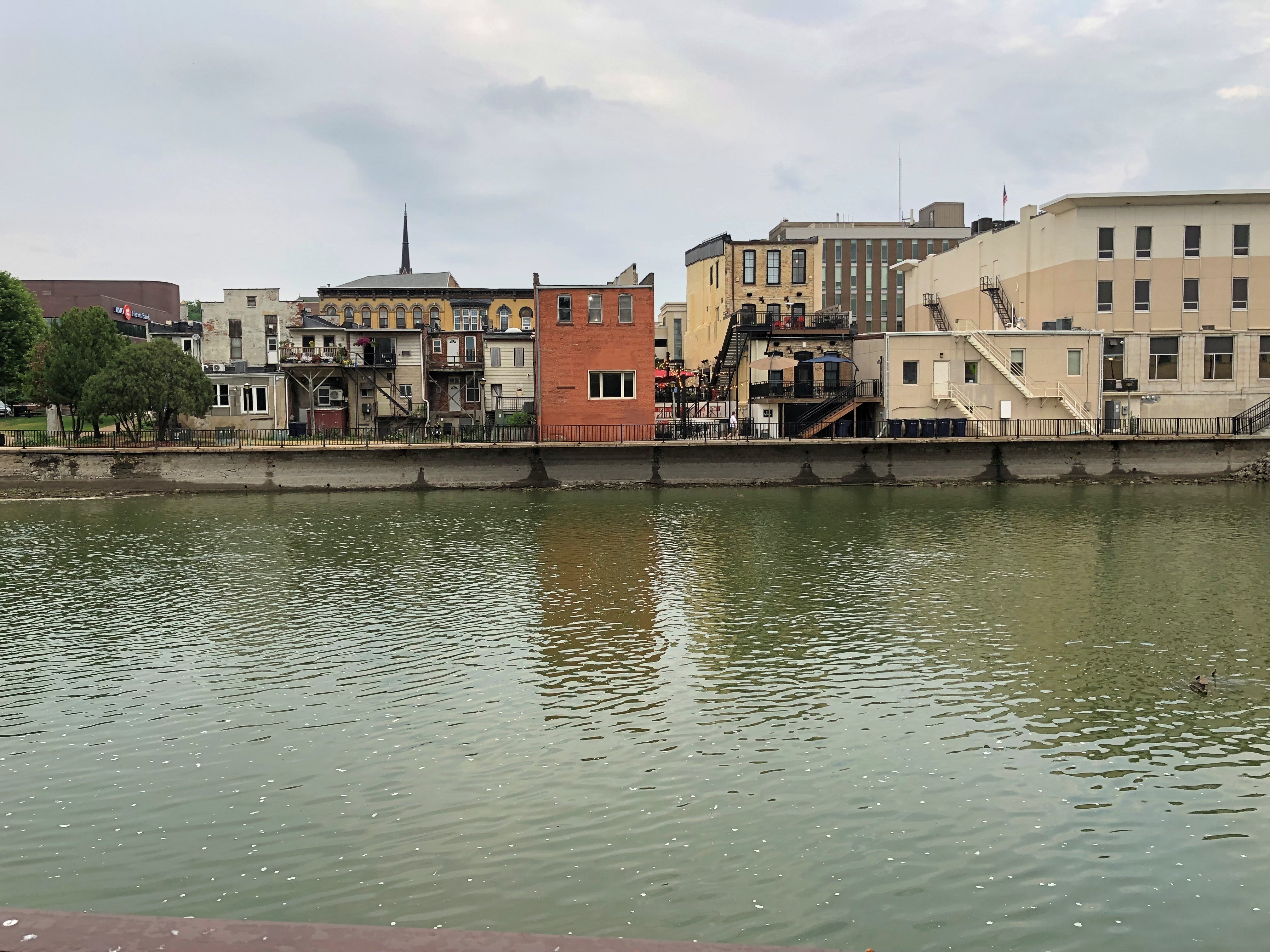


Even Rockford, Illinois, downriver from Janesville on the Rock, has a more pleasant downtown riverside, so small industrial-decline Midwestern cities can refurbish their riverwalks. So can the likes of Waco, Texas. The Rock, incidentally, is a direct tributary of the Mississippi, meeting that river at Rock Island, Illinois.
Still, the riverside isn’t completely without its interests. A fairly new pedestrian-bicycle bridge crosses near an equally newish riverside plaza, or at least an open space.
The bridge sports a boulder, too. It’s hard to see, but there’s an inscription on it: The Mick & Jane Blain Gilbertson Family Heritage Bridge. 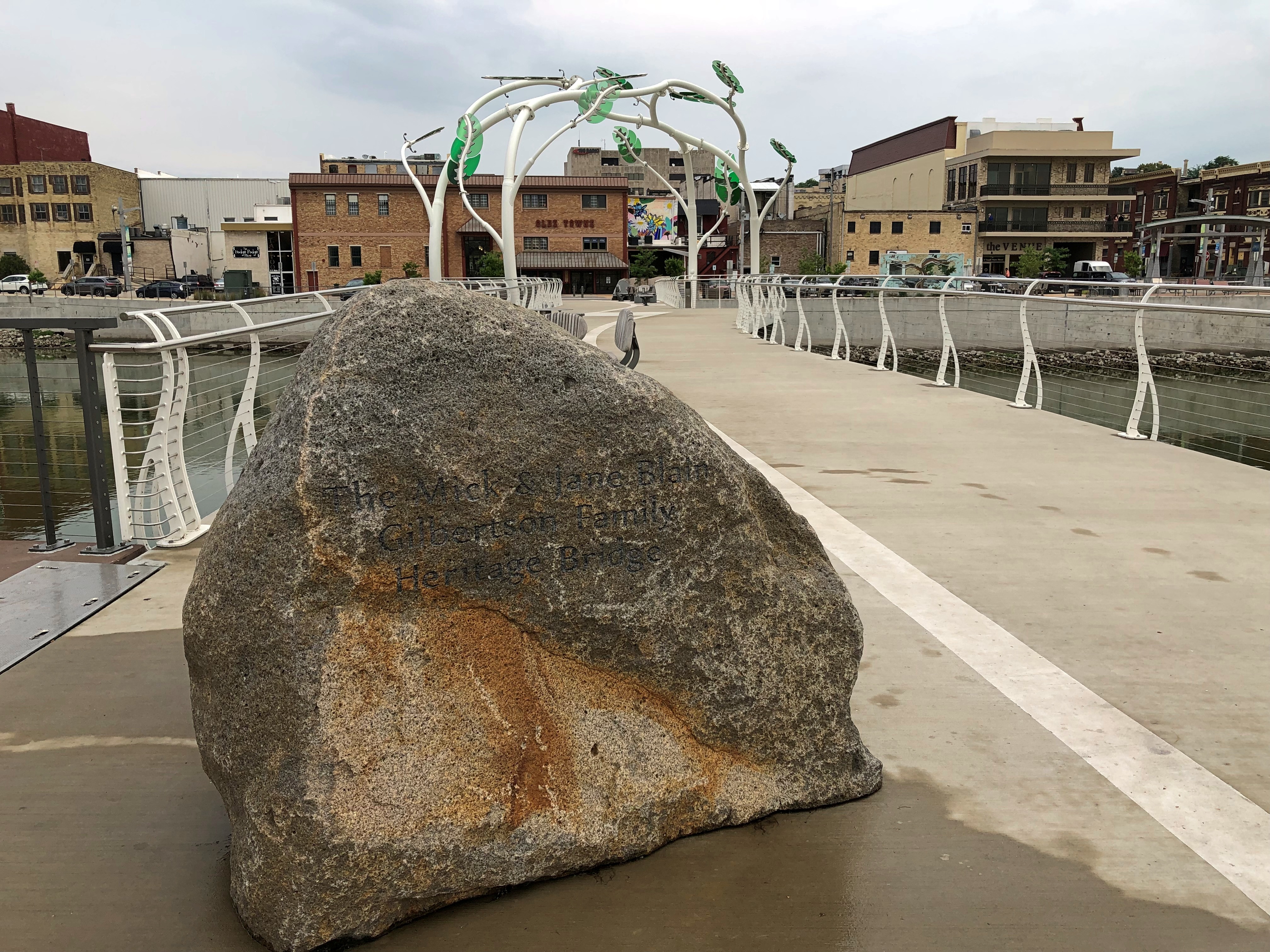
Jane Blain Gilbertson is CEO of Blain’s Farm & Fleet, a big box chain with 44 stores in the upper Midwest and headquartered in Janesville. The stores carry, among many other things, agricultural supplies and equipment. I remember visiting the one in Montgomery, Illinois, years ago to see what there was to see inside.
Downtown Janesville was eerily empty that late Saturday afternoon. There were a few kids – and I mean junior high or high school kids – hanging out near the bridge, making giggly noises. A small party of adults was having a cookout in the yard of one of the apartment buildings near the river. A few cars passed through the area, but not many. Then there was me.
Every town has one of these. Oddly, it was tucked away in a cul-de-sac.
Why visit Janesville? Why stay there? I’d passed by many times, but not spent any time in the town. I guess when it comes to Wisconsin, I’m something of a completist.
Janesville has some handsome older buildings within a few blocks of the river, most still occupied, but some not, such as a one-time First National Bank.
The McVicar Bros. and Helms buildings. Part of a larger block.

Evidence of a more robust downtown life in the past: an old Kresge building. Kresge, of course, was the ancestor of Kmart, and a mighty retail chain. Once upon a time.
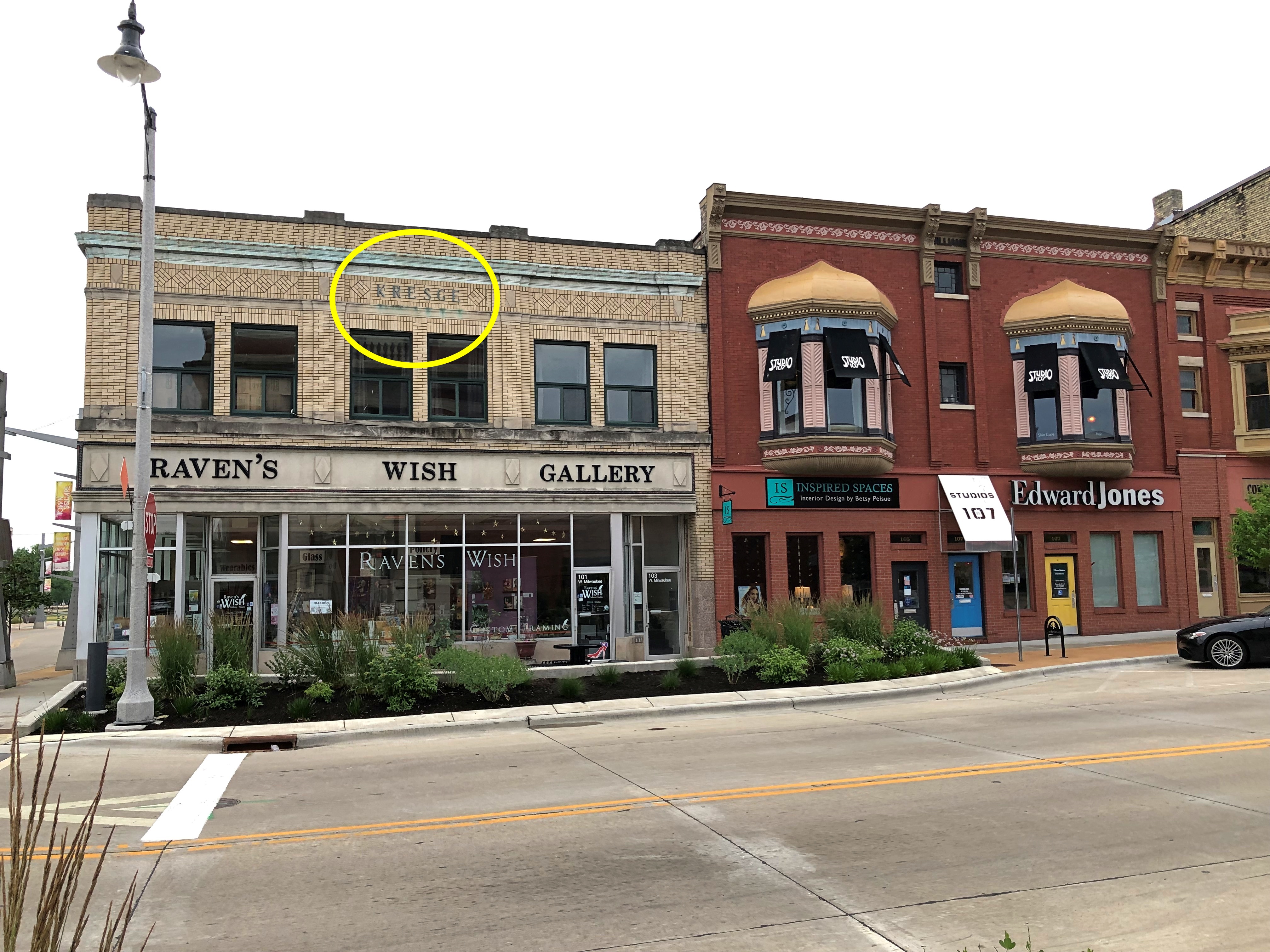
I had to check: As of more than a year ago, there were only three U.S. Kmarts still open.
That means that this 1987 reference in Calvin & Hobbes will be lost to time. Is already lost to time. I’m sure if I mentioned “blue light special” to either of my daughters, it wouldn’t register.
Calvin: Dad, how do people make babies?
Calvin’s Dad: Most people just go to Sears, buy the kit, and follow the assembly instructions.
Calvin: I came from Sears??
Calvin’s Dad: No, you were a blue light special at Kmart. Almost as good, and a lot cheaper.
I never went to Kmart much, but I did go occasionally, and I remember being in one once, probably in Nashville in the mid-80s, during a blue light special. I heard “Attention, Kmart shoppers!” They did say that. I didn’t buy whatever it was.
That’s the kind of thing that came to mind wandering the empty streets of Janesville.




